One Team, Two Truths: Wrestling With Gender, Sports, and the Meaning of Fairness
The Ripple Effect
-News and Commentary-
One Team, Two Truths: Wrestling With Gender, Sports, and the Meaning of Fairness
- Home
- Articles Posted by

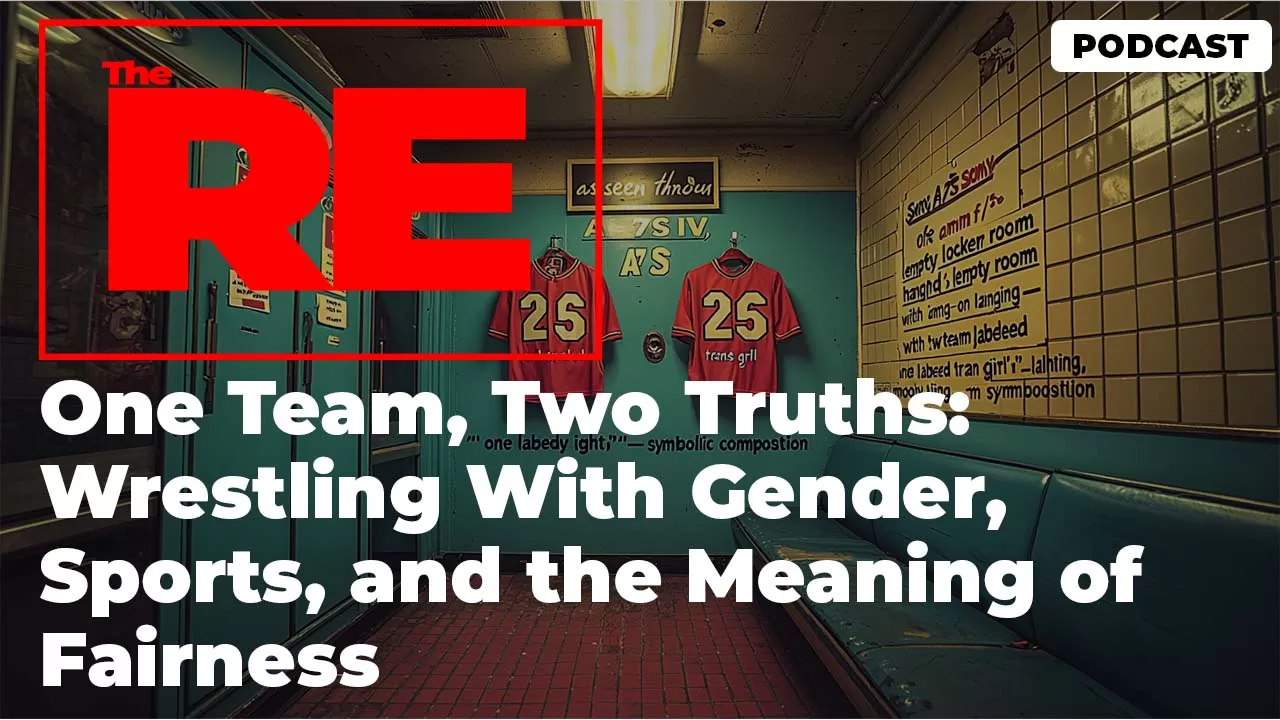
Today in The Ripple Effect, we’re discussing the tension between gender identity and biological reality—where trans inclusion in high school sports meets the question of fairness, and where personal truth runs up against public policy.
Let me be transparent about something I don’t usually say out loud. I’ve always had a deep respect for trans people. And if I’m being real with myself, I’ve also had a genuine attraction—not in some sensationalized, private-tab-on-a-browser way, but in a human way. I’ve met trans women who were beautiful, smart, funny, and confident. One in particular stands out. Years ago, my next-door neighbor was a trans woman from Brazil. She was a nurse—drop-dead gorgeous, feminine, kind, and carried herself with grace. You would have never known she was trans unless she told you, which she eventually did. One of my boys ended up dating her. They’re not together anymore, but she’s still in our lives, and to this day I consider her a friend.
She wasn’t a headline or a debate. She was just a person. And being around her taught me a lot—not just about trans people, but about how much of our discomfort comes from what we think we know, not what we actually experience.
That said, I still carry a kind of spiritual hesitation. I grew up in the church. My grandfather was a pastor. I’ve sat through sermons, Bible studies, prayer groups—the whole thing. And even though I haven’t been active in church since college, some things stay with you. One of those things came from my old college roommate, Sean. He was a deacon even back then—never missed church. We were different in a lot of ways, but what he once told me stuck with me: “I’d rather live like there is a heaven and hell and be wrong than live like there isn’t and find out I was wrong.”
That logic hit me. Because even if I’m unsure where I stand on some things, I understand what he meant—make choices that protect your spirit, just in case. That’s where my struggle comes in. Not because I don’t support people living how they want to live—but because I still have this lingering sense of, “What if I’m not supposed to?” What if leaning all the way into what I feel means risking something deeper?
It’s not judgment. It’s tension. And I think a lot more people feel it than admit it.
That same tension plays out in society, especially now when it comes to trans inclusion in high school sports. Every week there’s a new article: A trans girl wins a state title. A cisgender girl loses out on a scholarship. A state passes a ban. A school board updates its policy. One side calls it progress. The other calls it unfair. And in between all that noise? Real kids. Real athletes. Real people trying to compete, exist, and be seen.
The thing is, two truths can exist at the same time.
I can believe in freedom and still believe in boundaries.
I can support someone’s identity and still believe biological differences matter.
I can be empathetic and still be honest about what feels fair.
That’s where I’m at.
I don’t think trans athletes should be banned from sports. But I don’t believe it’s fair to compete outside of your biological sex—especially in high school, where sports can shape futures. We’re not just talking about team spirit. We’re talking about scholarships, records, and access to opportunity. And no matter how much we want to make things inclusive, there’s still the reality that biological males often have advantages in strength, speed, and endurance—even after hormone therapy.
That doesn’t mean trans athletes don’t work hard. I’m sure they do. But effort doesn’t erase biology.
And that’s the line I find myself walking.
I want people to be free. To live. To be who they are. That part is easy for me. But I also believe in fairness. And when fairness gets compromised in the name of progress, it creates a new kind of imbalance. One where inclusion for one group ends up excluding another.
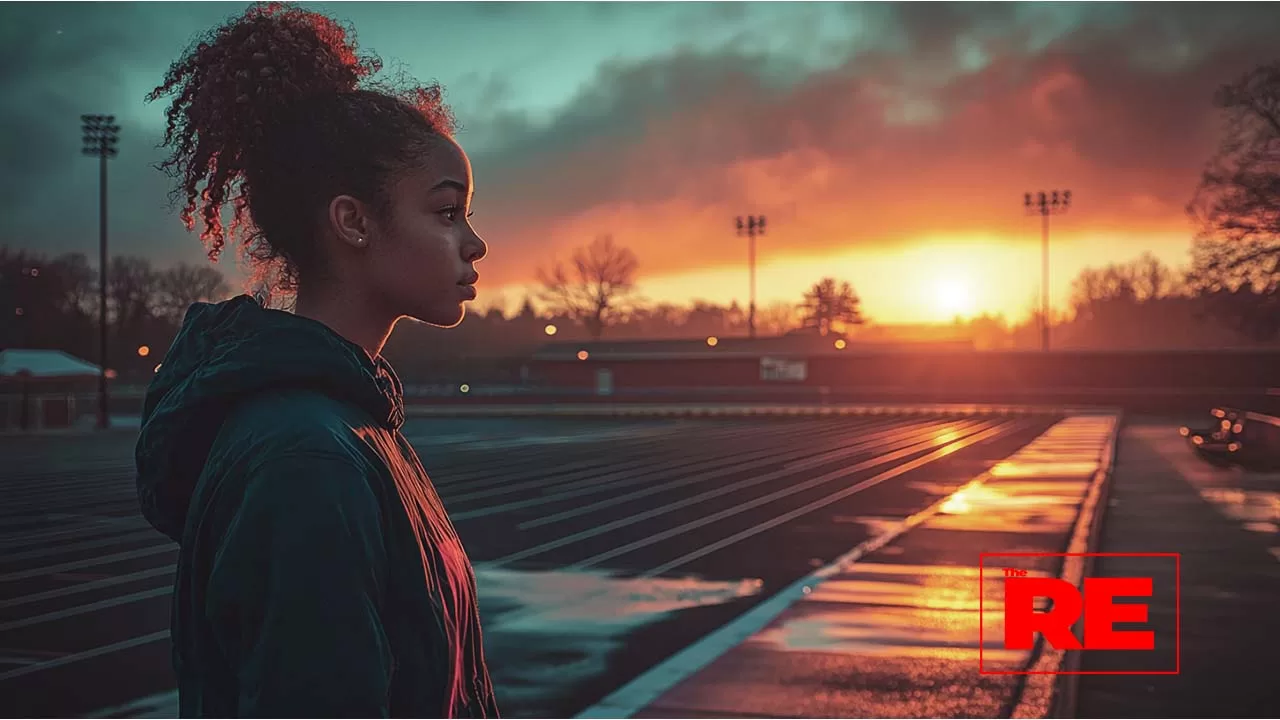
The hardest part is, we don’t know how to talk about this anymore. If you question anything, you’re labeled. Transphobic. Hateful. Ignorant. And that shuts the whole conversation down before it even starts. There’s no room for people like me—people who are still thinking, still navigating, still trying to hold space for more than one truth at a time.
This isn’t about picking a side. This is about naming the conflict. Saying the quiet part out loud. And being honest enough to admit that fairness, identity, faith, and freedom don’t always align neatly.
I’m not trying to come off like I have all the answers. I don’t. What I have is life experience, spiritual conviction, and a desire to see everyone treated with dignity—without rewriting the rules so much that fairness gets erased in the process.
So that’s where we start. With honesty. With tension. With the willingness to say: “I’m not against you—but I’m not sure I agree with everything either.”
Because if we can’t admit that complexity exists, then we’re not ready to solve any of this. And we’re definitely not ready to protect both inclusion and fairness in the same sentence.
Let’s step outside the emotional and into the facts—because no matter how we feel about inclusion, fairness still has to be measurable. If someone wins a race by half a second, that’s not bias. That’s biology. And when we talk about high school sports, we’re talking about systems built to measure effort, talent, and outcome.
That’s why Title IX matters here.
Originally passed in 1972, Title IX was created to ensure equal access to education and sports for women. It wasn’t just about giving girls a chance to play—it was about leveling a field that had been historically tilted against them. That’s why we have separate teams. Not to divide, but to protect opportunity.
And now, fifty years later, we’re rewriting that structure in real time without fully accounting for the consequences.
Take Connecticut, for example. Between 2017 and 2020, two trans girls dominated high school track, winning 15 state titles between them—titles that, just a year before, were held by cisgender girls. Those girls eventually filed a lawsuit, arguing that the playing field had been altered in a way that erased their chances. One of them, Selina Soule, missed qualifying for regionals by one spot—right behind a trans athlete.
She wasn’t mad about losing. She was mad that the rules changed after she had already trained under one set of expectations.
And that’s what this really comes down to—expectations.
You train your whole life under a system that says, “You’re competing against people with similar biological attributes.” Then suddenly, you’re not. And if you raise your hand and say, “Wait, is this fair?”—you’re the problem. You’re the headline. You’re the bigot.
Meanwhile, the science is clear. The Journal of Medical Ethics published a study showing that even after one year of hormone therapy, trans women retain significant physical advantages over cis women—especially in speed and strength. Other studies back this up, showing that muscle mass, bone density, and oxygen-carrying capacity don’t fully level out post-transition, particularly if the athlete went through male puberty.
This isn’t a debate about identity. It’s a question of performance. And in a world where a tenth of a second can decide who gets a scholarship or a spot on the podium, those small advantages matter.
Now, I know what some people will say: “So what? Life’s not fair.” But sports are supposed to be. That’s the point. That’s why we test for steroids. That’s why we have age brackets and weight classes. That’s why we don’t let a 19-year-old wrestle a 13-year-old, even if they’re the same size. Fairness is the structure that holds competition together.
And here’s the other piece—money.
There’s a growing wave of nonprofit and political organizations pushing for trans inclusion in sports, and a lot of them are funded by big-money donors, advocacy groups, and think tanks. It’s not just about making space—it’s about making statements. Meanwhile, most of the families fighting these battles? They’re not activists. They’re just trying to figure out why their daughter, after years of hard work, suddenly lost her spot on the relay team.
This isn’t just happening in track and field. It’s playing out in swimming, wrestling, volleyball, even cycling. You’ve got Lia Thomas, the University of Pennsylvania swimmer, winning NCAA titles after transitioning. And while she followed the NCAA’s rules at the time, the response was divisive—even within the LGBTQ+ community. Because again, two truths: she followed the rules, and people still questioned whether those rules were fair.
And the media? They frame it one way or the other. Either it’s a brave, groundbreaking story about inclusion, or it’s a fear-mongering piece about the destruction of women’s sports. What’s missing is the middle ground—the space to just ask the question: How do we honor identity without compromising fairness?
That’s not an easy question. But pretending it doesn’t exist isn’t a solution. It’s avoidance.
Because when we get it wrong, the damage ripples out. A cis girl loses a scholarship. A trans kid gets booed at a meet. Parents pull their kids out of sports altogether. Coaches stop speaking up. And everyone walks away feeling like there’s no winning—just choosing who loses more quietly.
This isn’t sustainable.
We can’t build a future where acknowledging biology becomes an act of hate. Nor can we create a culture where inclusion means erasing others. That’s not equality. That’s imbalance.
So if we’re going to have this conversation seriously, we need better data, clearer rules, and the humility to admit that this isn’t just about politics. It’s about bodies. It’s about outcomes. It’s about young people on both sides who are trying to find a place in systems that were never built for these kinds of questions.
And most importantly, it’s about having enough respect—for everyone involved—to not pretend this is simple. Because it isn’t.

At some point, we all have to choose what we stand on. Not out of fear. Not because it’s trending. But because we’ve looked at everything—our beliefs, our experience, the facts—and made peace with the parts that may never align.
That’s what this is for me. A personal reckoning. One I’m still in the middle of.
There’s a version of this story where I say, “Live and let live,” and walk away. And truthfully, I still believe that. But when you start seeing girls who’ve been training since they were eight get pushed out of competition, or you see policies being rewritten without any real conversation, that’s when I have to stop and speak up.
Because inclusion without limits isn’t inclusion. It’s erasure.
I’m not against anyone living in their truth. I’m not here to shame anyone’s journey. I’ve known trans women I respect deeply. I’ve felt attraction. I’ve had friendships. This isn’t abstract for me—it’s personal. But so is my belief in fairness. And fairness doesn’t bend just because the conversation makes people uncomfortable.
And honestly, I’ve had to sit with that.
I’ve thought about what it would mean to cross that line—to explore a desire I’ve kept private for years. And every time, I go back to that conversation with Sean in college. “If I’m wrong, at least I’m covered. But if I live like it doesn’t matter, and I’m wrong… I’m really wrong.”
That voice still lives in me. Not as fear, but as caution. Because I’m not just thinking about who I am—I’m thinking about who I’m becoming. And what it means to carry both desire and restraint at the same time. That’s not weakness. That’s choice.
So when I look at the trans debate in sports, I come at it from that same place. Not to deny anyone’s humanity. But to say: we have to be honest about the consequences of our decisions.
Because every policy shift has a price. Every inclusion has a limit. And when we ignore those limits, we don’t become more just—we become more divided.
I’ve seen what happens when people try to speak up about this. They get labeled. They get dragged. And suddenly, instead of talking about fairness, we’re stuck defending ourselves from accusations that were never part of the conversation in the first place.
That silence? That fear? That’s not progress. That’s pressure. And it’s pushing people out of the conversation who actually care deeply—about all sides.
We have to create space for honest tension. For the person who wants to love and understand but also wants to protect fairness. For the athlete who respects trans identity but doesn’t want to lose what she’s worked for. For the coach, the parent, the policymaker who’s not trying to harm anyone—but who still has to make a decision that won’t please everyone.
We need to stop treating disagreement like violence. Disagreement is part of growth. And truth is rarely clean. Most of the time, it’s layered and full of contradictions. Just like this one.
I can support the right to exist. I can value human dignity.
I can also say: there’s a limit to what we can ignore in the name of inclusion.
And if we’re not ready to have that conversation, then maybe we’re not really ready to solve anything.
Because fairness isn’t a feeling. It’s a structure.
And structures, like people, fall apart when we stop honoring what they’re built on.
Two Companies, One Outcome: How the PlayStation Xbox Console War Is Quietly Reshaping the Cost of Gaming
The Ripple Effect
-News and Commentary-
Two Companies, One Outcome: How the PlayStation–Xbox Console War Is Quietly Reshaping the Cost of Gaming
- Home
- Articles Posted by
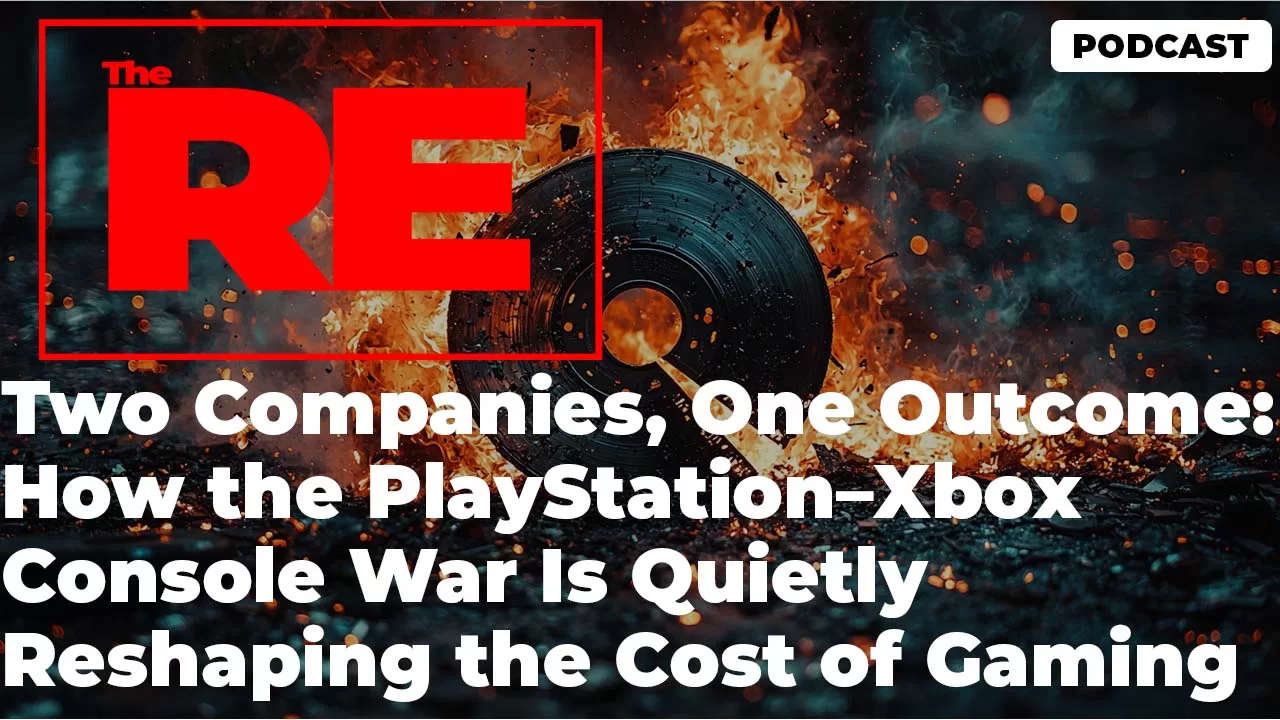
Game Pass and PlayStation Plus aren’t just value-adds anymore. They’re central pillars in the modern gaming economy. At launch, Microsoft’s Game Pass felt like a radical idea—unlimited access to a library of games, day-one releases included, all for a flat monthly fee. It was disruptive. Democratic. Accessible.
But now? It’s the standard. Game Pass isn’t just an option—it’s the path Microsoft wants you on. And it shows in how games are priced, bundled, and promoted. Want to buy the new Starfield game outright? You can. But the messaging, the structure, the incentives all point you toward a subscription.
Sony followed suit—not by replicating Game Pass entirely, but by restructuring its PlayStation Plus service into three bloated tiers that offer access to games, cloud saves, exclusive trials, and streaming. What was once a straightforward online multiplayer pass is now a mini Netflix, with a pricing structure just confusing enough to make “Premium” feel necessary.
What’s important here isn’t that subscriptions exist—it’s that they’ve quietly replaced choice. You don’t buy games anymore. You buy into ecosystems. Ecosystems that rotate titles in and out, gate features behind paywalls, and use FOMO (fear of missing out) as a core marketing tactic.
It’s a system designed not for satisfaction—but for dependence.
There was a time when the console wars felt like a culture clash—PlayStation kids versus Xbox loyalists, each side arguing over graphics, gameplay, exclusives, and who had the better multiplayer experience. It was about bragging rights, nostalgia, and digital allegiance. The debates were fiery but fun, rooted in consumer choice and brand identity.
But lately, that fight feels different. Less like a war, more like a ritual. The mascots haven’t changed, but the battlefield has. And while the debate still rages on message boards and Twitter threads, the real game has moved off-screen—into boardrooms, balance sheets, and subscription models designed to extract more from the same player base that once felt empowered by competition.
In July, Microsoft quietly increased the price of its Xbox Series X by $100 in several markets. Not long after, Sony adjusted the PlayStation 5 pricing tiers and raised the cost of its PlayStation Plus subscription services. Major game titles—once reliably priced at $59.99—are now pushing $79.99, with no consistent justification beyond “industry trends.” Add-ons, deluxe editions, cloud saves, and early access have become standard upsells. The base price is no longer the full price. And somehow, both giants made these moves without significant backlash.
This isn’t a coincidence. It’s a shift in strategy—one where both PlayStation and Xbox are learning from each other, adapting to the same economic pressures, and ultimately making the same moves, despite their marketing differences.
The illusion of competition remains, but in reality? What we’re seeing is a slow march toward consolidation: of control, of access, of pricing. And it’s not just about video games. This is a mirror of what’s happening in streaming, in music, in software, even in news. Across industries, corporations are moving from product ownership to platform access, from one-time purchases to eternal subscription models.
And the gaming industry—once a space defined by innovation, rebellion, and community—is being repackaged as a long-term monetization ecosystem, where users don’t buy games—they buy permission.

The Rise of the Subscription Stack
Game Pass and PlayStation Plus aren’t just value-adds anymore. They’re central pillars in the modern gaming economy. At launch, Microsoft’s Game Pass felt like a radical idea—unlimited access to a library of games, day-one releases included, all for a flat monthly fee. It was disruptive. Democratic. Accessible.
But now? It’s the standard. Game Pass isn’t just an option—it’s the path Microsoft wants you on. And it shows in how games are priced, bundled, and promoted. Want to buy the new Starfield game outright? You can. But the messaging, the structure, the incentives all point you toward a subscription.
Sony followed suit—not by replicating Game Pass entirely, but by restructuring its PlayStation Plus service into three bloated tiers that offer access to games, cloud saves, exclusive trials, and streaming. What was once a straightforward online multiplayer pass is now a mini Netflix, with a pricing structure just confusing enough to make “Premium” feel necessary.
What’s important here isn’t that subscriptions exist—it’s that they’ve quietly replaced choice. You don’t buy games anymore. You buy into ecosystems. Ecosystems that rotate titles in and out, gate features behind paywalls, and use FOMO (fear of missing out) as a core marketing tactic.
It’s a system designed not for satisfaction—but for dependence.
Same Game, Different Jerseys
Look closely and you’ll notice: the two so-called rivals are moving in lockstep.
Not because they planned it together. But because in this digital economy, there’s only one viable strategy for long-term growth—create a closed loop and charge people to stay inside it.
Sony and Microsoft both face the same realities:
Supply chain delays
Rising development costs
A user base addicted to content but fatigued by price tags
Pressure from shareholders to show recurring revenue
So, they respond the same way: shift from selling hardware and software to owning engagement. Make every part of the experience something that can be monetized—game saves, online access, early releases, exclusive content.
And when both companies adopt this strategy? The idea of consumer “choice” becomes hollow.
You’re not picking between competing visions. You’re choosing between two versions of the same funnel.
Tariffs, Tech, and Timing
Let’s not ignore the macroeconomics either. New tariffs on Chinese electronics have made hardware production more expensive. Microsoft and Sony both depend heavily on global supply chains—everything from chips to plastic shells. That cost gets passed down to consumers, but not transparently. Instead of explaining price hikes as a response to policy, they’re rolled out as part of “premium packages” or new models that conveniently justify the markup.
Even in games, development timelines have grown longer, budgets ballooning past $100 million for AAA titles. These aren’t just creative projects—they’re investments. And publishers want to hedge those bets by locking in subscription revenue before a game even ships.
The economic forces are real. But so is the opportunism.
Instead of innovating around them, the industry is using them as cover to roll out changes that benefit platforms, not players.
So Why Isn’t Anyone Angry?
Because the marketing is too good. Because the user experience is slick. Because we’ve been trained to expect less and pay more in exchange for convenience. And because we still believe in the brands we grew up with.
Sony isn’t just a company—it’s nostalgia. Microsoft isn’t just Xbox—it’s Halo, Forza, Game Pass. They don’t feel like corporations. They feel like culture. And that makes it easier to swallow price hikes, to accept changes, to let go of ownership in the name of “progress.”
The language has changed too. “You don’t buy games—you join Game Pass.”
“You don’t own the console—you invest in the ecosystem.”
“You don’t miss the physical disc—you gain cloud access from anywhere.”
It’s clever. It’s efficient.
And it’s quietly transforming the relationship between creator and consumer.
Because while Sony and Microsoft may look like they’re just reacting to market forces—chip shortages, tariffs, inflation—the truth is they’re shaping the market more than they’re being shaped by it. And behind the polished product launches and press releases, both companies have spent the last decade fine-tuning the blueprint for digital dominance.
This isn’t just about raising prices. It’s about changing the definition of value itself.
From Ownership to Access: The Netflix-ization of Gaming
Let’s call it what it is: gaming is no longer a purchase-based economy. It’s a platform-based ecosystem built on predictable, recurring income. And this transformation wasn’t accidental—it was intentional, slow, and perfectly executed.
Game Pass launched in 2017 as a curiosity. PlayStation Now had been floating around since 2014, mostly ignored. At the time, buying physical games—or at least digital titles with permanent licenses—was still the norm. But subscription-based services made one thing incredibly clear to execs: revenue predictability is king.
Once you hook users into a monthly payment, you can start manipulating how they think about value:
You’re no longer comparing this game vs. that game.
You’re comparing this tier vs. that tier.
You’re not asking “Is this game worth $70?”
You’re asking “Should I upgrade to Premium?”
Now, instead of needing to deliver satisfaction on each game, the companies only need to deliver the illusion of value across the service. Doesn’t matter if you only play 3 out of the 120 games available. You still paid for access.
And the kicker? You stop owning anything. You don’t buy, you borrow. You don’t choose, you scroll.
This model didn’t just happen because of tech. It happened because it’s more profitable to rent loyalty than to earn it.
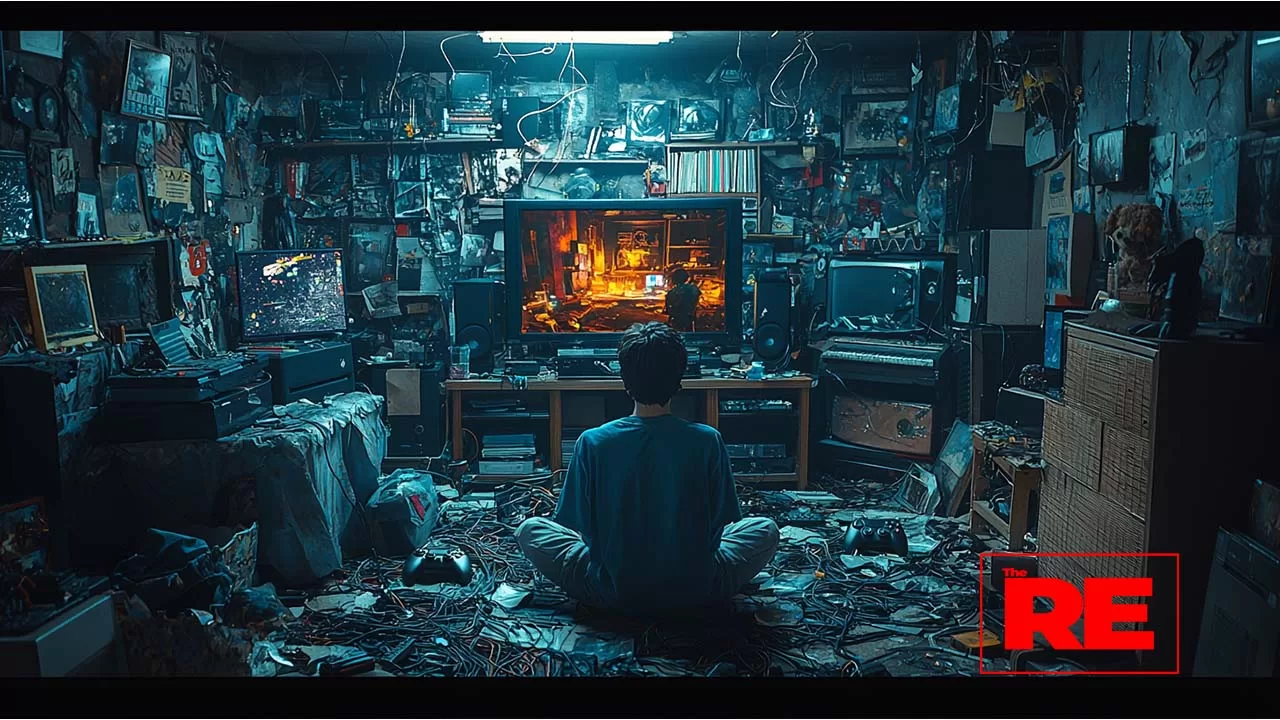
The Lock-In Loop: How Ecosystems Trap You Softly
Both Sony and Microsoft have built sprawling ecosystems designed to trap you softly. No handcuffs. Just comfort.
If you bought digital games on Xbox 360, your library transferred to Xbox One. Then Xbox Series X. You’ve built a digital wall around yourself. You can’t switch, even if you want to.
Same with PlayStation—your trophies, saves, purchases, and PSN friends list are tied to your account. Switching platforms feels like starting over.
Even game progression is locked in—thanks to cloud saves that only activate if you subscribe to the highest tier.
And once you’re locked in? That’s when the squeeze starts.
You get a message that your membership’s expiring. You lose access to multiplayer. Your cloud saves won’t load. Your discounts vanish. Your entire gaming experience becomes fragile—one missed payment away from collapse.
This is what economists call high switching costs. And tech companies call it brilliant strategy.
Who’s Really Winning? A Look at the Numbers
To understand how this is all playing out, look at where the money’s going.
Sony’s 2024 financial report revealed that over 55% of PlayStation’s gaming revenue came from digital subscriptions and microtransactions—not hardware sales. Microsoft’s Game Pass reached over 34 million users, each paying anywhere from $10 to $17 per month. That’s hundreds of millions in guaranteed monthly income, before a single game is sold.
And these numbers aren’t flat—they’re climbing every quarter. Even during periods of economic slowdown, these companies are thriving. Why? Because the model is built on habit, not hype. It doesn’t rely on people getting excited about new releases—it relies on people forgetting to unsubscribe.
Think about it: how many games do you actually finish in a year?
How many subscriptions do you pay for “just in case”?
Now imagine millions of people doing the same thing—every single month.
That’s the business.
Exclusivity as Leverage, Not Loyalty
Remember when console exclusives were about pushing the hardware? Getting you to buy a system for one or two killer titles? That era’s not dead, but it’s evolved.
Today, exclusives are about reinforcing the subscription model, not selling consoles.
Microsoft didn’t spend $68 billion to buy Activision Blizzard just to make Call of Duty prettier. They did it to lock the world’s most-played franchise inside Game Pass. It’s not about the game—it’s about the gate.
Sony responded with its own studio acquisitions: Insomniac, Bungie, Bluepoint. Not just for creative control, but to build a stable of IPs that justify the monthly charge. If you want to play the next Spider-Man, you need PlayStation. But if you want the early access and extra suits? You need Premium.
This is how exclusivity becomes less about choice and more about leverage. They’re not fighting for your love. They’re fighting to make leaving feel inconvenient.
Marketing the Mirage: How They Get Away With It
So how do both companies keep raising prices, locking in content, and removing ownership—without major revolt?
Simple: they sell you a story.
You’re not “spending more.” You’re “getting more access.”
You’re not “locked into a platform.” You’re “part of a community.”
You’re not “paying $70 for less game.” You’re “experiencing evolving content.”
It’s slick. It’s clean. And it’s manipulative as hell.
Take something basic like crossplay. For years, Sony refused to allow it. Now it’s “open”—but only within strict terms. Want to keep your Fortnite progress between Xbox and PlayStation? You better have the right account linked. Want to access your digital content on a new console? You better log into the right account with the right region settings.
Every “freedom” comes with a condition. Every “feature” comes with a fee.
But because it’s framed in the language of innovation, most people don’t notice they’ve traded ownership for convenience.
This Isn’t Just Gaming Anymore
This isn’t an Xbox vs. PlayStation issue. It’s a template. A business model being refined in gaming and exported to every corner of the digital world:
Spotify rotates albums out of your library
Netflix pulls shows without warning
Adobe moved its entire suite to the cloud
Your car subscription might now include heated seats
Everywhere you turn, what used to be a purchase has become permission. And once they’ve got you? They start tweaking the dials.
So when we talk about console wars, let’s be clear:
There’s no war.
There’s alignment.
And the more they align, the more we lose—not just in dollars, but in control.

Because let’s be real—this whole system works so well because it doesn’t feel like a system. It feels like life. You buy a console, you sign up for Game Pass or PlayStation Plus, you download a game, and you’re in. Everything just works. No discs, no load times, no friction.
It’s seamless.
It’s convenient.
It’s the trap.
The Great Trade-Off
We live in an era where we’ve traded ownership for ease, and most of us didn’t blink.
We no longer own music—we stream it.
We don’t own movies—we rent digital licenses.
We don’t own software—we “subscribe” to use it.
And now, we don’t own games—we gain access to them. As long as we keep paying. As long as the terms don’t change. As long as the service doesn’t disappear.
What used to be a transaction has become a tether.
And that shift didn’t just happen overnight. It happened because we stopped asking who benefits from convenience. We told ourselves we didn’t need physical discs anymore. That digital saves were better. That monthly fees were no big deal.
And in return? We gave corporations a direct line into our wallets—not once, but every month. Forever.
Why the Console War Was Always a Distraction
The biggest lie the industry sold us was the idea that we had a choice.
PlayStation or Xbox.
This subscription or that one.
This exclusive or that exclusive.
But choice without power isn’t choice—it’s branding.
And that’s what this whole thing has become: a polished illusion of competition while both sides build the same economic cage.
You get two controllers, two boxes, two ecosystems—but the business model?
Identical.
So it no longer matters if you bleed blue or green.
You’re playing the same game. And you’re not the player—you’re the product.
Gaming Culture Got Gentrified
Remember when gaming was rebellious?
When it was about modding, LAN parties, split-screen co-op, flipping your PS2 upside down to make it read scratched discs?
It was gritty. Creative. Messy.
Now? It’s clean, corporate, and quietly controlled.
We went from hacking cheat codes to getting banned for sharing accounts.
We went from modding GTA to paying for skins in Fortnite.
We went from being community-driven to data-mined and behavior-tracked.
What used to be underground is now algorithm-fed.
What used to be a passion is now a payment funnel.
And all of this happened under the narrative of “progress.”
But it wasn’t progress.
It was gentrification—just digital.

The Real Cost Isn’t the Price—It’s the Dependency
This ain’t about saving money. It’s about recognizing what it means when everything requires a subscription. Not just games—but life.
When your car asks you to pay monthly for heated seats
When your fridge wants Wi-Fi and your lightbulbs need an app
When you can’t even cancel a subscription without navigating five menus and a guilt trip
That’s not convenience. That’s control.
And that’s the part nobody talks about.
It’s not just that prices are going up.
It’s that we no longer have a say in how we pay.
Because once you’re inside the system, you don’t negotiate—you comply.
And if you don’t? You lose access.
To your files. To your games. To your music. To your memories.
We didn’t just hand over money.
We handed over power.
So Where Do We Go From Here?
You don’t have to be a radical to see what’s happening. You just have to be awake.
Start asking:
What am I paying for?
Who’s actually in control of what I own?
Is convenience worth my autonomy?
This doesn’t mean cancel every service or go back to burning CDs and hoarding discs. But it does mean we stop clapping for companies who quietly take more while giving us less.
We stop treating brand loyalty like identity.
We stop calling rent “ownership.”
We stop thinking convenience is always a win.
Because if there’s one thing this “console war” made clear—it’s that the war was never between PlayStation and Xbox.
It was between corporate power and consumer agency.
And unless we shift how we think, that’s a war we’re going to lose without ever knowing we were in it.
One story. One truth. One ripple at a time.
This is The Ripple Effect, powered by The Truth Project.
Respectable Rebellion: When Success Requires Silence
The Ripple Effect
-News and Commentary-
There’s a conversation I had years ago that still sticks with me. I was one of the only Black investigators at the time, and my supervisor’s supervisor—two levels up, very matter-of-fact, corporate, the polished type—looked at me one day and said, “You’re no different from the rest of them. You might wear a suit and tie, but when you take that off, walk down the street, you’re just like them.”
I wasn’t surprised. I knew the culture. I knew how quiet judgment could sound when it came dressed as observation. But hearing it said out loud—so plainly—it hit me. Not just what he thought of me, but what the structure around us quietly reinforced. That I wasn’t being valued—I was being approved. I didn’t belong. I was being permitted.
What’s wild is, a few years later, I ran into him again by accident at the airport in Denver. Neither of us worked for the organization anymore. He came up smiling, shook my hand like we were old friends. “Hey, how you doing? What’ve you been up to?” Just casual. And I played the role. Said the right things.
And I think about that a lot—the way we slipped right back into the performance. The roles. The script. I had worked under him for a while. We had some tense arguments. But that handshake reminded me that in a lot of these spaces, the performance doesn’t stop when you leave. Sometimes, it follows you.
There’s this belief that once you’re respected, accomplished, “professional,” the game changes. But I’m not so sure. Sometimes it just gets quieter. Cleaner. More polite. But still just as controlled.
I Like What DEI Stands For. But I Don’t Know If It’s Working.
Let me be honest. I’m not against DEI. I understand why it exists. I’ve seen how it opens doors that probably would’ve stayed closed. I’ve benefited from that structure. And for a lot of people, especially early in their careers, it’s one of the few things protecting them from being completely overlooked or boxed out.
But when I think about it now, especially in the context of everything we call “progress,” I keep circling back to this uncomfortable thought: what if the same tools that give us access are also keeping us in check?
Like, I get why people defend DEI. And I get why some people are so against it—especially the ones who feel like they’re being replaced or blamed. But I also think there’s a third space here. Something we don’t really talk about. And that’s the idea that DEI doesn’t always feel like equity. Sometimes it feels like quiet compliance.
It’s hard to say that out loud. It’s not something I’m proud to admit. But it’s there. That feeling that we’re accepted as long as we stay within range. And if you push too far, say too much, or don’t fit the image? You go from “leader” to “problem” real fast.
The Unwritten Rules Still Exist
You can get invited to the table, get your name on the panel, land the contract—and still feel like you’re being watched. And not in a paranoid way. Just in that “know your lane” kind of way.
You realize real quick:
You’re allowed to be ambitious, but not too opinionated.
You’re encouraged to be bold, but only in ways that feel safe to them.
You’re allowed to share your story, but not your politics.
And you can be visible, but only if your presence doesn’t come with too much weight.
None of that is written down. It’s not in the handbook. But it’s there. You feel it in how people respond when you step even slightly outside what they’re used to. And that’s when it hits you: you’re not being celebrated for who you are—you’re being rewarded for how well you play the role.
Respectability Has a Ceiling
The idea of “respectability” sounds like something from another era, but it hasn’t gone anywhere. It’s just been modernized. It’s in the brand partnerships. The curated social posts. The professional tone. The “representation” language that makes it sound like things are better than they are.
You can show up polished and prepared, articulate and aligned, and still know deep down that the whole system is designed to let you in without ever letting you lead.
It becomes a performance. And after a while, you realize success came with strings.
That being “included” means you don’t make anyone uncomfortable.
That your role is to model progress, not to actually push it.
And once that settles in, the question becomes: what exactly did I win?
I’m Still Figuring This Out
I don’t have a clean answer for any of this. I still believe in creating access. I believe in structure and strategy and building lanes for people who don’t get seen otherwise. But I also know what it feels like to be in a space that looks like progress on the surface and feels like control once you’re inside.
It makes me think of the 1930s—not to compare now to then directly, but to acknowledge the difference. Back then, there were no guardrails. It was clear you weren’t wanted. Now? We’ve got structure, policy, programs. But are we thriving, or just surviving in a more polished system?
DEI is better than nothing. I’m not debating that. But it’s also not enough. Because access without autonomy isn’t freedom—it’s performance.
And I guess that’s what this whole piece is about. The performance of inclusion.
The cost of being palatable.
The quiet ways we get filtered, packaged, and used to prove a point that still hasn’t been made.
A few nights ago, I came across a video on social media. A teenage boy and girl—both white—driving in a car, laughing, singing along to a song written by a Black artist. The song itself was good. Catchy. Well-produced. But that’s not what they were engaging with. As they drove, they threw up Nazi salutes—smiling, vibing, turning what should’ve been a normal moment into something ugly and intentional.
They weren’t angry. They weren’t serious. But they were performing something. And the symbolism wasn’t subtle. It was deliberate. What they were tapping into wasn’t about music—it was about provocation, about mocking progress, and about grabbing attention through imagery they knew was inflammatory, even if they didn’t fully understand it.
That’s where we are now. Symbols of hate have become social gestures.
Not because the ideology has changed—but because people are now using it as a way to express their discomfort with sharing space.

I Read Mein Kampf—And That’s Why I Don’t React Like Most People Do
Let me be clear: I’ve read Mein Kampf. I bought a copy back in 1998 for a political philosophy class with Dr. Moore. The book is probably buried somewhere in one of my old college boxes under everything else from that time.
I read it not because I admired it—but because I was curious. There was a class discussion that got heated. Dr. Moore made the point that Hitler was one of the most effective speakers of the 20th century—on par with Dr. King in terms of influence. Not morality. Influence. That made the room uneasy, but it also made me want to understand how someone could manipulate public energy that powerfully.
So I read the book. And to be honest, it wasn’t what I expected.
It didn’t come off as a hate-fueled rant.
It read more like a strategic manifesto—his thoughts on what was right and wrong, how to reframe a country’s identity, and how to build structure through fear and division. I didn’t agree with it, but I understood it.
And that’s the part that gets missed:
Understanding something doesn’t mean you endorse it.
It means you’re capable of stepping back and analyzing how it works—so you know what it looks like when it comes back.
The same rhetorical structure can be used by anyone. Any group. Any ideology. For good or evil. The mechanics of manipulation are universal. That’s what makes it dangerous.
Borrowing Symbols, Without Carrying the Weight
So when I saw those kids in the car—smiling, doing Nazi salutes to a Black song—I didn’t react with outrage. I sat with the bigger picture.
They weren’t invoking ideology. They were imitating power.
And they don’t understand what that symbol actually means. They understand what it provokes.
That’s the problem.
They’ve never seen real war. Never lived through famine, genocide, or forced removal.
They’ve seen the Netflix version.
They’ve heard secondhand stories.
They know the aesthetics of hate but not the cost.
And so the gesture becomes a tool. A prop. A way to say, “This is ours,” in a world that’s asking them to share.
But do they actually understand what it means?
Because knowing of something isn’t the same as understanding the weight of it.
Performing Rebellion Without Paying the Price
We’re watching a new form of backlash unfold—not through policy, but through performance.
This isn’t white supremacy the way older generations practiced it. This is something more reactionary and more subtle. It’s about creating a performance of grievance.
These kids aren’t oppressed.
They’ve just never been told no.
They’ve never been told to wait, to make room, to consider another voice as equal.
So when DEI enters the conversation—when hiring shifts, when voices diversify, when power is no longer assumed—they panic. They mistake balance for exclusion. And when they feel displaced, they express it not through conversation, but through mockery, irony, and symbols that make them feel dominant again, even for a moment.
It’s not ideology. It’s entitlement in costume.

DEI Didn’t Take Power—It Just Told Them to Share It
something away from white people. But that’s not what’s happening.
What’s happening is that the balance is starting to shift.
Not entirely. Not enough. But visibly.
DEI didn’t create that fear. It just made it harder to ignore.
It didn’t erase privilege. It made privilege more noticeable.
And that visibility created panic.
When people have never had to share the table, even being asked to move down one seat feels like eviction. But that’s not oppression. That’s adjustment. And how people handle that adjustment says everything about whether they ever believed in equity to begin with.
This All Comes Back to Control, Not Progress
And this is why I question the idea of “respectability” inside DEI spaces.
Because while we’re being careful—measured, polished, filtered—another group is allowed to react, rage, and ridicule with no expectation of professionalism or understanding.
We’re expected to prove our value.
They’re allowed to perform their fear.
We show up and represent.
They show up and protest progress.
And somehow, both get called equal.
But they’re not.
One is rooted in survival.
The other is rooted in a discomfort with sharing power that was never supposed to be permanent in the first place.
So no—I don’t regret reading Mein Kampf.
I don’t regret understanding what fear looks like when it’s structured and sold as truth.
Because if we keep letting people wear supremacy as a joke, it won’t stay a joke for long.
So where does that leave us?
We’ve got DEI policies, diversity statements, hired panels, branded hashtags. And for a moment, it felt like something was changing. That maybe we weren’t just being invited to the table—we were being heard at it.
But here’s what I’ve come to understand:
Progress is often performed long before it’s practiced.
And inclusion can sometimes become a smoother, quieter version of control.
We’re allowed in—just as long as we stay aligned.
You can succeed, but don’t question the structure.
You can speak, but don’t shift the tone.
You can lead, but only as long as your leadership fits the model they’ve already approved.
And that’s the tension for people like us—we see the game. We know the rules. But we still have to decide if playing it is worth the cost.
You Can’t Be Free If You’re Being Filtered
The higher you go, the more the performance becomes expected.
You’re seen as the “model.” The success story. The one who got it right. But what they really mean is—you knew how to navigate the system without making too many people uncomfortable. You didn’t shake the table. You didn’t talk too loud. You didn’t remind them what it costs to walk into a room and still feel like a guest.
But what’s the point of being successful if you can’t tell the truth?
What’s the point of being “included” if you’re constantly editing who you are?
You realize the praise doesn’t come for your insight—it comes for your restraint.
The Hardest Truth: Respectability Is Still Survival
And maybe that’s what makes this so complicated.
Because for some people, respectability really is the only strategy they have.
It’s what keeps them safe. Keeps the check coming. Keeps the opportunities open.
And I don’t fault them for that. We all pick our battles.
We all know what it means to survive inside systems that weren’t built for us.
But I also know this:
Polished survival is not freedom.
You can’t call it liberation if you still have to smile to keep the door open.
You can’t call it equity if your seat at the table requires you to stay silent.
You can’t call it inclusion if your presence is welcome but your perspective is managed.

We Didn’t Come This Far Just to Represent Someone Else’s Version of Progress
That’s the part that haunts me.
We spend so much time working to “make it”—just to find out that success still comes with conditions. That even when we do everything “right,” we’re still viewed through a lens that sees us as exceptional instead of equal.
And that makes you ask questions you weren’t prepared to answer:
Who am I in these spaces?
Am I here because I’m valued—or because I’m palatable?
If I told the truth in the way I really wanted to, what would I lose?
That’s what respectability demands.
It asks us to trade authenticity for access.
To trade clarity for diplomacy.
To trade the weight of our lived experience for something that photographs well on a brochure.
And we’ve gotten so good at it—we barely notice the cost anymore.

So What Now?
That’s the hard part.
Because I don’t think the answer is walking away.
But I do think the answer is showing up differently.
Not louder.
Not angrier.
Just honest.
If you’re going to let me in the room, you need to be ready for the full version—not the filtered one. If my presence makes you feel progressive, then my truth shouldn’t make you feel threatened. You can’t have one without the other.
We didn’t fight for seats just to sit still.
We didn’t build resumes just to be referenced.
We didn’t survive this long just to represent equity.
We came to demand it. On our terms. In our voice. Fully present.
And if that feels like rebellion?
Maybe that says more about the room than it does about us.
The Civic Blackout: What Happens When Whole Communities Stop Voting
The Ripple Effect
-News and Commentary-
They call it voter apathy. They say people don’t care. They say, “If you don’t vote, you can’t complain.” They say it like it’s a choice. But what they don’t say—what they never say—is that some of the most disengaged communities in America didn’t give up on voting. Voting gave up on them.
When we talk about low voter turnout, we treat it like a personal failure. We blame laziness, ignorance, or disinterest. We ask, “Why don’t people care anymore?” But that question assumes everyone had the same experience with democracy to begin with. That assumption is a lie.
The truth is, civic participation has been strategically broken in certain communities. Black, brown, poor, rural, immigrant, transient, young, disabled. Not by accident. By design. The blackout we see on election day doesn’t come from nowhere. It’s the end result of years of erosion. Years of disconnection. Years of subtle and not-so-subtle suppression.
Before we go any further, let’s say it clearly. Not voting doesn’t mean people are stupid. It means they’re tired. It means they’ve been ignored. It means they’ve been trained not to expect change. And in some cases, it means they’ve been actively blocked.
Let’s start with the most visible layer: the rules. Over the past fifteen years, nearly every major election cycle has brought new laws. Stricter voter ID requirements, reduced polling locations, purged voter rolls, shorter early voting windows, and restrictions on mail-in ballots. These laws are usually framed as “election integrity,” but the result is clear. Fewer people vote, and the drop-offs almost always hit working-class and minority neighborhoods the hardest.
In Georgia, entire precincts in Black communities were eliminated after the 2013 gutting of the Voting Rights Act. In Texas, polling places near universities and Latino neighborhoods were shut down, forcing people to drive miles or wait in line for hours. In North Carolina, state legislators were caught using voter data to craft restrictions that targeted Black voters with surgical precision. And in Florida, returning citizens with felony convictions—mostly Black men—had their rights dangled in front of them, then snatched back with fees, bureaucracy, and confusion.
That’s not apathy. That’s policy.
But it doesn’t stop there. There’s also psychological suppression. A quieter, slower decay that happens over time. It starts when people vote and nothing changes. When elected officials promise reform but deliver silence. When communities are asked to “turn out” but never given the power to turn anything around. When you march, petition, organize, and get told “now’s not the time.” When you grow up watching your parents vote and still struggle. When the system looks at your ZIP code and assumes you don’t matter unless it’s a battleground year.
It creates a message, even if no one says it out loud. This isn’t for you.
And after a while, that message sticks. It becomes generational. Cultural. Inherited. Civic blackout isn’t just people not showing up. It’s entire communities being taught, over and over, that democracy is a show they’re not invited to.
Here’s the twist. The system works just fine with that. Because low turnout isn’t a failure—it’s a feature. When fewer people vote, elections become easier to control. The people who still show up are often older, wealthier, whiter, and more ideologically locked in. That’s who policies start serving. That’s who gets heard. That’s who gets catered to in debates, in budgets, in legislation.
Everyone else? They’re not ignored. They’re written off.
So what we’re seeing in 2025 isn’t just a civic crisis. It’s a form of managed decline. An intentional shrinking of democracy. And the silence it creates—that’s valuable. That’s power. Because as long as certain voices stay quiet, the people in charge never have to change. They never have to listen. They never have to worry. They just get to keep doing what they’ve always done. Unchecked.
But here’s the thing about silence. It doesn’t always mean agreement. Sometimes silence is survival. Sometimes silence is exhaustion. And sometimes silence is waiting—for the right moment, the right candidate, the right strategy—to speak again.
Because the truth is, disengaged doesn’t mean defeated. And just because a community isn’t voting now doesn’t mean they won’t find a new way to fight later. But make no mistake—the blackout is real. And it didn’t just happen. It was built.
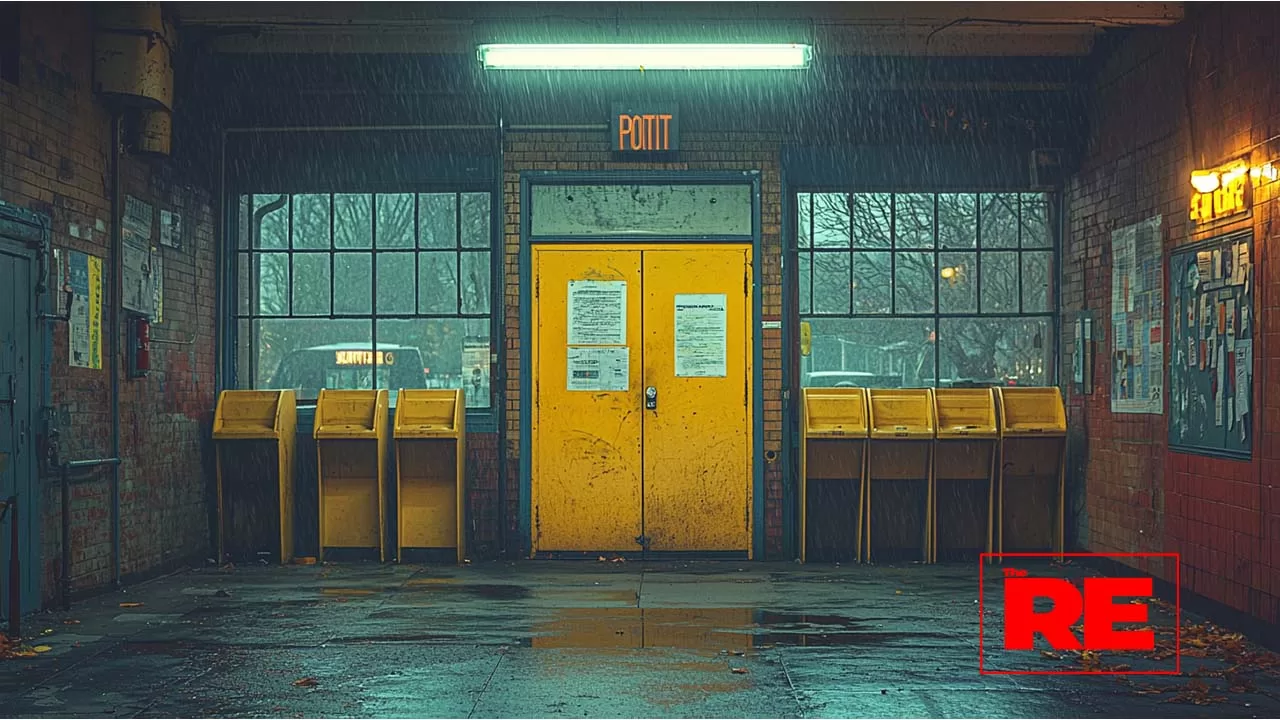

Let’s talk about winners and losers. Because for all the moral noise we hear every election season—about the sanctity of voting, the power of democracy, the civic duty of the individual—there are very real forces who benefit when people don’t show up. In fact, for certain groups, low voter turnout isn’t a crisis. It’s the plan. Start with the most obvious beneficiary: political incumbents. If you’re already in office, the safest path to reelection isn’t inspiring new voters, it’s shrinking the pool. When fewer people vote, turnout skews toward the most reliable blocks: older voters, wealthy voters, homeowners, and party loyalists. These are folks who almost always vote, and they’re overwhelmingly the target of political strategy. That’s why you’ll see entire campaigns built around “mobilizing the base,” while quietly letting swing voters and younger voters fall off the radar. Because if you can win with less noise, less challenge, and less unpredictability, why wouldn’t you? The fewer people involved, the easier it is to maintain control. That’s not apathy. That’s arithmetic.
But it’s not just about keeping the same politicians in place. The donor class benefits, too. When turnout is low, it’s easier for large contributors to have an outsized influence on policy. A few thousand dollars in a low-turnout district means more when only a few thousand people vote. And when policies favor those donors—tax breaks, deregulation, corporate subsidies—those communities that didn’t vote are the ones who bear the brunt of it. They get budget cuts, neglected infrastructure, underfunded schools, and ignored crises. Look at local elections, where the turnout can be depressingly low—sometimes in the single digits. That’s where school board members, judges, prosecutors, and sheriffs get chosen. These are the people who shape everything from classroom curriculum to criminal sentencing, and yet their elections are often decided by a fraction of the population. That’s not by mistake. It’s easier to install a friendly prosecutor when only twelve percent of the city is voting. It’s easier to pass harmful ballot measures under the radar when the electorate is small, quiet, and demoralized.
And who loses when that happens? Communities of color. Renters. Young people. Immigrants. People with disabilities. People working multiple jobs. People without child care. People who can’t take two hours off to wait in line at a polling station across town. That leads us to voter suppression 2.0—the version that doesn’t look like poll taxes or literacy tests but works just as effectively. We’re talking about gerrymandering, polling place closures, restrictive ID laws, misinformation, and disinformation, all of which disproportionately impact marginalized voters. Take gerrymandering, for example. Redistricting is supposed to ensure fair representation as populations change, but in reality, it’s become a tool for engineering outcomes. Boundaries are drawn not to reflect communities but to fracture them, splitting up neighborhoods of color, diluting their collective power, and ensuring that even if they do turn out, their votes don’t carry weight.
Then you have voter roll purges, where states like Georgia and Ohio have aggressively removed people from the rolls for reasons ranging from not voting in recent elections to supposed duplicate records. In 2019, over 300,000 voters were purged in Georgia alone. Many found out only when they showed up to vote. On top of that, there’s misinformation, often targeted by race and language. In 2020, Spanish-speaking voters were flooded with false information about voting dates and mail-in ballot security. Black voters received robocalls falsely warning that voting could lead to arrest or debt collection. And while the platforms behind those calls claimed ignorance, the damage was done—confusion, fear, and silence. Then you have legal intimidation. In some states, police presence is deliberately increased at polling places in Black and immigrant neighborhoods. Armed poll watchers show up under the guise of security. Laws are passed making it illegal to hand out water or snacks to people waiting in line—people who are often in line for hours because their polling place was one of the ones that got shut down.
All of this builds a system where silence becomes self-fulfilling. The more people disengage, the less power they have. The less power they have, the easier it is to ignore them. The easier they are to ignore, the less incentive there is to change the system. It becomes a loop. A blackout loop. But here’s where it gets especially twisted: when these communities don’t vote, the narrative immediately flips. Suddenly, it’s not about policy failure. It’s about personal failure. “They didn’t care.” “They didn’t show up.” “They must be content.” But that’s a lie told by those who benefit from the silence. The truth is that many of these communities have been organizing, protesting, and showing up in every other way except voting, because voting is the one part of the system that’s been booby-trapped against them. They’ve turned to mutual aid, to direct action, to community forums and grassroots organizing—not because they don’t believe in democracy, but because they know democracy doesn’t believe in them.
So when we ask why people don’t vote, we have to stop pretending it’s about laziness or indifference. We have to start asking who profits when they stay home. Because those answers are everywhere—on campaign finance records, in legislative maps, in court rulings, and in voter ID databases. And here’s what really terrifies the system: when the silence breaks. When even a small portion of the disengaged show up together, everything shifts. Elections flip. Narratives crack. Power gets nervous. Because when the people who were written off decide they’ve had enough, no amount of redistricting or disinformation can put that energy back in the bottle. The blackout only works when no one’s paying attention. But people are paying attention now. The next question is: what happens if they start acting on it?
There’s something sobering about silence. Not the peaceful kind—the kind that feels heavy. The kind that fills rooms with the absence of something that should be there. That’s what it feels like to walk through communities that don’t vote anymore. Not because they can’t, but because the system has taught them it doesn’t matter. And you start to notice it. Not just on election day, but in everything else. In the potholes that don’t get filled. In the schools with outdated books and missing counselors. In the hospitals that closed two years ago and never came back. In the lack of sidewalks, the police patrols, the liquor stores on every corner, the Wi-Fi that cuts out if you’re not in the right zip code. This isn’t random. It’s what happens when you’re outside the civic equation. When you become a line item in a politician’s strategy—not someone to serve, but someone to manage, ignore, or pacify.
But here’s the thing nobody ever tells you: people aren’t stupid. They know this. They’ve known it. They’ve felt the pattern. That’s why so many don’t vote. Because they’ve seen what happens after the ballots are counted. Because they’ve seen promises evaporate. Because they’ve watched politicians shake hands in October and disappear by December. Because they’ve been told, directly and indirectly, that democracy is a service they’re not eligible for.
But silence doesn’t mean surrender. Because even in the blackout, there are sparks. You see them in community-led voting drives with no national backing, just folding tables and volunteers. You see them in barbershops and church basements, where people aren’t just talking about candidates, they’re talking about power. You see them in the push for language access, transportation help, childcare at polling stations—not as charity, but as survival infrastructure. You see them in the elders who walk people to the polls in wheelchairs and the teens who register voters at skate parks. You see them in the refusal to let cynicism win.
And still, the question lingers—what’s the point? If the game is rigged, if the outcomes are predetermined, if the money always wins, why bother voting at all? That’s the hardest question. And it deserves a real answer. Not a slogan. Not “your voice matters.” Not “people died for this.” A real answer.
Here it is: because every system that wants to exploit you depends on your silence. Voting won’t fix everything. But it’s not meant to. It’s not the whole fight—it’s one piece of it. It’s the signal that you’re watching. That you’re participating. That you’re refusing to be erased. And maybe, just maybe, it’s the leverage you need to push everything else. Because when people start voting again—when the so-called disengaged show up—they don’t just vote for candidates. They vote for themselves. They vote for their neighborhoods. They vote for better schools, better roads, better access. They vote for clean water, safe parks, jobs that don’t kill you, and clinics that don’t close at five. They vote because someone finally made it feel worth it.
And that’s the real work—not convincing people to vote, but making the vote worth it again. That means holding officials accountable after the election. It means investing in civic education that doesn’t feel like a lecture. It means making space for real community leadership—not just hand-picked spokespeople who play nice on TV. It means disrupting the idea that politics only belongs to the polished and the powerful.
And maybe most importantly, it means telling the truth. That this system has failed many people—repeatedly, violently, and intentionally. That trust isn’t owed, it’s earned. And that when people stop showing up, the question shouldn’t be “What’s wrong with them?” It should be: “What did we do to lose them?”
Because here’s the twist. Even when people aren’t voting, they’re watching. They’re paying attention. They’re clocking who shows up. They’re keeping receipts. And when the moment feels real—when something breaks through the cynicism—they move. We’ve seen it before. In Ferguson. In Georgia. In Wisconsin. In Arizona. Communities written off as disengaged flipped entire states. They didn’t do it because of hope. They did it because of necessity. Because silence was killing them faster than the risk of trying again.
So yes, the civic blackout is real. But blackouts don’t last forever. Eventually, the lights come back on. And when they do, you’ll see everything that was happening in the dark—quiet, relentless, powerful. Because the people who were supposed to give up? They’re not done yet.
Digital Leashes: How Your Phone Became the Boss of You
The Ripple Effect
-News and Commentary-
There was a time when people talked about technology like it was liberation. “The future is wireless,” they said. “Information at your fingertips.” “You can work from anywhere.” “Do anything from your phone.” And that part was true—sort of. You can do anything from your phone. But now? You can’t stop. You can’t unplug. You can’t disappear. Your freedom came wrapped in a notification bell, an unread badge, and a Terms of Service agreement you didn’t read but already agreed to.
What we thought was power has become a leash. And the craziest part? You clipped it on yourself.
Nobody forced us into this. We walked into it. Willingly. Excited even. The smartphone became a passport to a new world. But that world runs on attention, and attention has a price. So every app, every ping, every buzz—it’s not helping you. It’s tracking you, draining you, and shaping how you think without you even realizing it.
We live in an always-on economy. But nobody really asked if “always-on” is good. Because when you’re always on, you’re never off. Never resting. Never disconnected. Never yours. You take calls on your lunch break. You answer emails before brushing your teeth. You wake up in the middle of the night, not to pee—but because your brain heard a phantom notification that never came.
You don’t check your phone anymore. Your phone checks you.
And let’s be real—this isn’t about productivity. It’s about profit. You’re not the customer. You’re the product. Your attention is sold, resold, and repackaged in tiny slices to advertisers who don’t care how tired you are, how anxious you feel, or how badly you need a break. They care that you’re scrolling. They care that you clicked. They care that you paused for 2.8 seconds on a thumbnail of someone else’s curated life.
This isn’t just social media. It’s your entire digital experience. From Google Maps tracking your every movement to “smart” devices listening for your next cue—your phone knows more about you than your family does. It knows where you sleep, when you’re most vulnerable, what ads make you hesitate, and how long you stay on a screen before breaking focus. You think you’re the one in control, but look at the numbers—screen time, app usage, time spent online—and tell me who’s really running the show.
And don’t give me that “I can quit anytime” nonsense. We’ve all said that. But put your phone down for a day—just one—and watch what happens. The restlessness. The FOMO. The twitch in your hand like you left something behind. That’s not freedom. That’s addiction.
We talk about social media burnout, content fatigue, and “doomscrolling” like it’s just bad habits. But these are engineered behaviors. The platforms you use every day were built to exploit your psychology. Every like, every swipe, every share—it’s feeding something. Not just the algorithm. Your brain. Your identity. Your self-worth.
Because now, we don’t just use our phones. We live through them.
They tell us what to care about. Who to follow. What’s trending. They flatten time, blur truth, and trap us in feedback loops of anxiety and comparison. You’re working harder, scrolling longer, and somehow still feeling behind. Like you’re not doing enough. Not posting enough. Not being enough.
And when you do unplug—when you finally step back—it hits you how quiet the real world is. How slow. How human. But that moment is rare. Because just when you catch your breath, here comes another ping, another message, another reminder that you’re “missing out.”
It’s not a glitch. It’s the system working exactly as designed.
We’ve replaced boredom with alerts, silence with noise, real presence with filtered projection. And now the line between tool and tether is gone. We’re not free. We’re accessible. And that’s not the same thing.
So, what’s really going on here? Who benefits from our dependence? What does it cost us in the long run? And is there a way to take the leash off without losing connection altogether?
That’s what this piece is about.
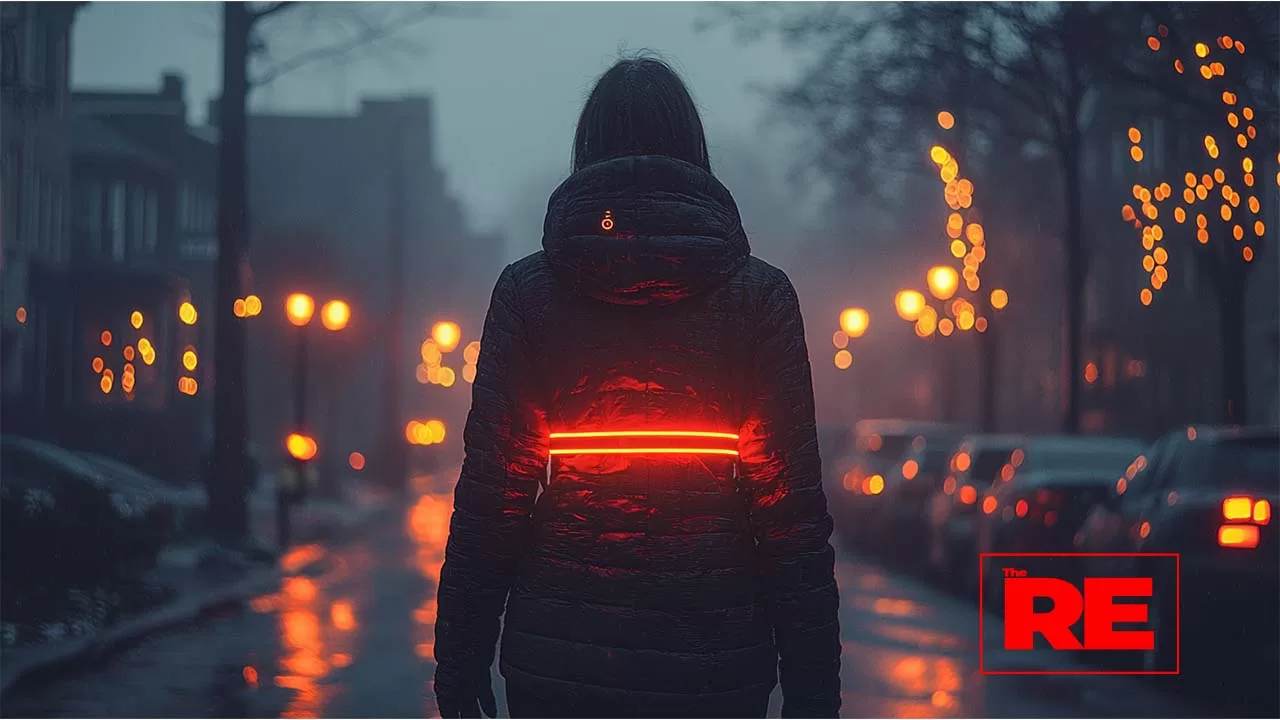

Let’s pull the curtain all the way back.
You didn’t just stumble into phone addiction. You were pushed—strategically, aggressively, and with more money behind it than you’d believe. The phone in your hand, the apps you use, the way they nudge you, track you, buzz at you—it’s all intentional. Behavioral science meets capitalism. A multibillion-dollar industry built to keep you staring, clicking, buying, and burning out.
This didn’t happen overnight. It started in the boardrooms of Silicon Valley and Stanford’s Persuasive Technology Lab—the same place where former Google design ethicist Tristan Harris studied how to hijack human behavior. He’s since blown the whistle, but the blueprints are still in play. They call it “brain hacking.” Dopamine manipulation. Micro-addiction design.
Tech platforms don’t want your time. They want your attention—because attention leads to data, and data is money. Period.
Let’s talk about that data for a minute. Every time you swipe, pause, hover, or scroll, your phone logs that behavior. What you watched. How long you looked. Where you were when you looked. Whether you clicked. Whether you came back. It builds a psychological profile more detailed than anything your doctor or therapist could piece together. And it sells that profile—over and over.
Meta (Facebook), Google, TikTok, Amazon, X (Twitter)… these companies don’t make money from their platforms. They make money off you. You’re the product. Your behaviors, your patterns, your insecurities, your habits—they’re all turned into assets that advertisers, data brokers, and political operatives pay to access.
Ever wonder why you get certain ads right after a conversation? Why your feed suddenly shifts based on your mood or location? That’s not magic. That’s surveillance.
And it’s not just your screen time—it’s your real time. Google Maps knows where you sleep. Apple knows your walking patterns. Your banking app knows when your paycheck hits. Spotify knows your emotional rhythms. Uber knows where you go when you don’t want to be found.
Every single app is a node in a surveillance economy—and most of them aren’t even hiding it anymore. They’re just tucking the truth inside 50-page user agreements nobody reads.
The addiction part? That’s just to keep you feeding the system.
Now let’s talk tactics.
The infinite scroll wasn’t invented for convenience. It was designed to remove friction. If there’s no stopping point, you don’t stop. You just keep going. Twitter/X, TikTok, Instagram, Facebook—every major platform relies on it. You never know what’s next, so your brain gets a variable reward loop, the same psychological trick slot machines use.
Push notifications? That’s a whole strategy, too. There’s a reason why they show up when they do. They’re timed based on your behavior patterns, down to the hour. If the app knows you usually scroll at 8PM, that’s when it pings you. It’s not trying to be helpful. It’s trying to hook you before you open something else.
Badges and numbers on apps? Pure behavioral psychology. Your brain can’t ignore the little red dot. It triggers a sense of urgency—even if it’s nothing. That’s why platforms like LinkedIn or Facebook send fake “activity summaries” just to get you to log in.
Even the colors are chosen on purpose. Red notifications create anxiety. Blue buttons feel safe. Warm gradients feel friendly. It’s not design. It’s behavioral architecture.
Now combine that with the social pressure baked into everything. Read receipts. “Seen” notifications. Active status bubbles. The message isn’t just “use the app”—it’s “don’t leave anyone hanging.” Don’t disconnect. Don’t ignore that ping. Don’t be rude.
You’re not just addicted. You’re obligated. You’re being held emotionally hostage by a system that pretends to serve you while extracting your most valuable resource: time.
And here’s where it gets even darker: these platforms don’t care if you’re miserable—as long as you’re engaged.
Studies have shown that posts that trigger anger, outrage, fear, or insecurity outperform everything else. Facebook’s own leaked documents confirmed this. They knew their algorithms were prioritizing polarizing content. They knew it was harming mental health, especially in teens. But engagement metrics won. Because engagement equals ad dollars.
The result? A digital ecosystem that’s not just manipulative—it’s predatory.
And we’ve normalized it. We’ve started saying things like “That’s just how the internet is.” We blame ourselves for not having discipline. For being distracted. For getting stuck in loops. We make jokes about screen time, digital burnout, constant connectivity—as if it’s our fault.
But the truth is, you were never meant to win this game.
You’re up against billion-dollar machine learning models that know your patterns better than you do. You’re competing with tech companies that beta test emotional triggers. You’re expected to stay productive in a system designed to keep you scrolling, comparing, and consuming until you’re too exhausted to fight back.
And while you’re caught in that loop, somebody’s making money—lots of it.
Apple made $383 billion in 2023. Meta pulled in over $134 billion. TikTok’s parent company, ByteDance, hit nearly $120 billion in revenue—all fueled by data, ads, and behavioral exploitation.
Meanwhile, users are more anxious, more depressed, more burnt out, and more isolated than ever.
Work bleeds into rest. Rest feels like laziness. Productivity becomes identity. And all of it is filtered through a glass rectangle that we sleep next to, wake up with, and rarely question.
So ask yourself—who’s really the boss?
Because right now, your phone runs your schedule, your social life, your emotions, your memory, your sleep, your bank account, your to-do list, and your entertainment. And it does all of that while spying on you and selling your behavior to the highest bidder.
If that were a person, you’d call it abusive.
If that were a job, you’d quit.
If that were a relationship, your friends would tell you to run.
But because it’s a phone—something sleek and shiny and “essential”—you just call it normal.
This isn’t normal.
This is a leash.
And it’s time we start asking what freedom really looks like when disconnection feels like rebellion.


Let’s not sugarcoat it. By the time you get to this part of the piece, your phone has probably already buzzed. Maybe it was a calendar reminder. Maybe a text. Maybe some notification you did not ask for, like a suggestion to buy something you looked at yesterday or a random friend request that feels algorithmically forced. The point is, even while reading about your leash, you are still wearing it. And that is the real mind trip.
This is not about hating technology. Let’s be clear. I am not a Luddite. I use my phone like everybody else. I depend on it. Honestly, I am probably writing this draft on a screen right now. That is not the issue.
The issue is this: when a tool starts using you instead of the other way around, something is broken.
Phones were supposed to help us get more done. But now they are the reason nothing feels done. You check something off your to-do list and five more things pop up. You respond to an email only to get three more before the hour ends. You finally sit down to rest, and your brain cannot even relax because it is wired to expect another ping. Rest is no longer rest. It is just lag time between alerts.
And here is where it gets personal.
Because once you realize your phone is not neutral—once you really sit with the idea that your behavior has been modified, your habits engineered, and your attention bought and sold like a product—you have to ask a much harder question.
What would you be doing with your time if your phone was not telling you what to do with it?
That question hurts. Not because you do not have answers, but because you do. You would write. You would go outside more. You would call your mom. You would sleep better. You would focus. You would feel more present. You would stop comparing your life to strangers. You would be in your life again instead of just managing it.
That is the biggest cost of this system—not just your time, but your capacity.
Your phone does not just take your focus. It steals your potential. It eats the hours you would have spent on something deeper, something more rooted, something real. And in return, it gives you curated chaos. Drama. Ads. Noise. Endless content that feels urgent but leaves you empty.
And maybe you think you are the exception. Maybe you believe you have got this handled. But even if you turn off notifications, even if you set screen time limits, even if you unfollow or delete or detox, you are still playing in a system that was not built for your well-being.
It was built for engagement. And your health, your peace of mind, your creativity—those are collateral damage.
So what does freedom look like now?
I do not think it means going off-grid. Most of us cannot. Life runs through phones now—banking, work, maps, everything. But maybe it means being intentional as hell.
Not just saying “I am going to use my phone less,” but asking: Why do I keep reaching for it? What emotion am I avoiding? What is not getting done in my life while I scroll through someone else’s?
Maybe it means muting everything by default and only allowing what earns its place. Maybe it means deleting the apps that pretend to connect us but actually just perform us into exhaustion. Maybe it means reclaiming boredom—those still moments we used to fill with thought, with presence, with being.
And maybe it means starting conversations like this—not just calling out the system, but building something different.
Because right now, we are raising kids who have never known a world without algorithmic anxiety. We are building careers in digital hamster wheels. We are judging our worth by likes, retweets, and “seen” messages. And we are doing it all while pretending it is just the modern world.
It does not have to be.
It can be deeper. Slower. Quieter. More human. But only if we start choosing that. Only if we decide that being available twenty-four seven is not something to be proud of—it is something to recover from.
So no, you are not broken for feeling burnt out. You are not weak for needing space. You are not behind because you did not post enough this week.
You are human. And maybe the most radical thing you can do in a world built to track, ping, and monetize your every second is to take some of them back.
So if you are still with me, still reading, still breathing in between dings, put the leash down. Even just for today.
Public Schools, Private Profits: Who’s Really Getting Helped by Education Reform
The Ripple Effect
-News and Commentary-
Public Schools, Private Profits: Who’s Really Getting Helped by Education Reform
- Home
- Articles Posted by

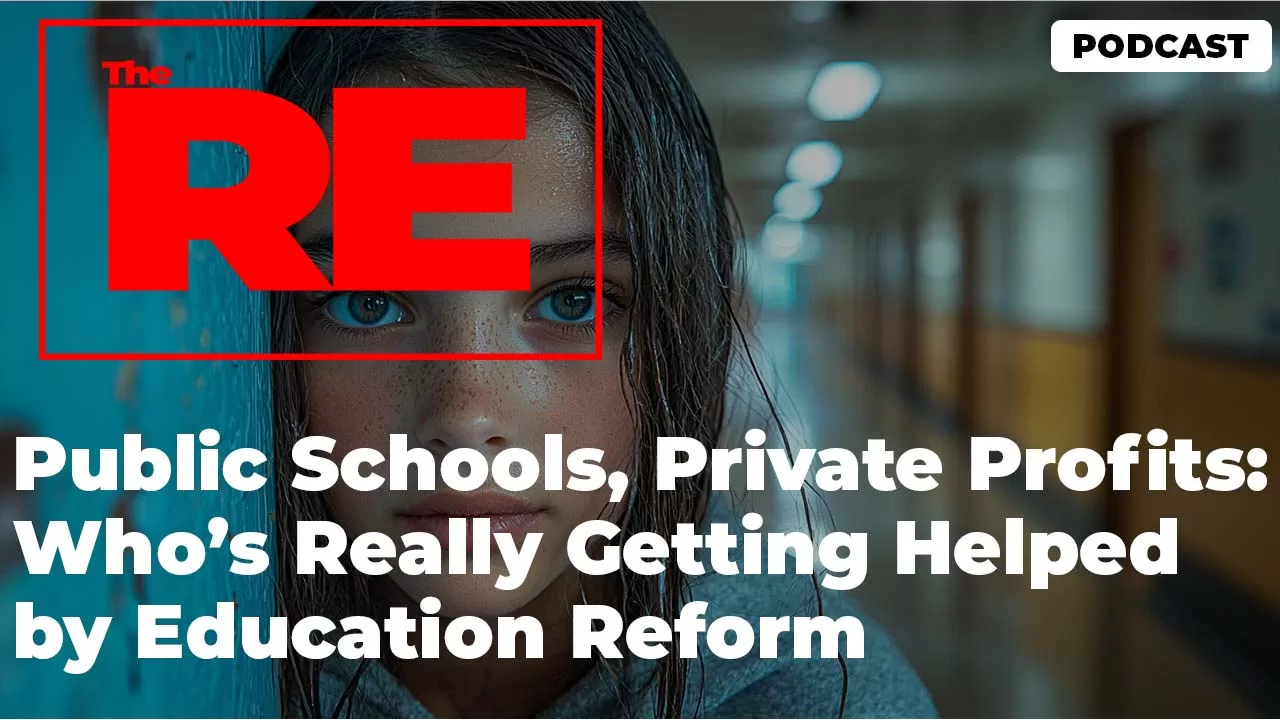
We’ve been fed the same story for decades. That public schools are failing. That test scores are down. That kids are not learning what they should. That the system is too bloated, too unionized, too broken to fix from the inside. And somewhere in that chaos, a solution shows up. Not from inside the classroom, but from a boardroom. From a vendor. From a consultant. From a tech company.
You hear it in buzzwords. “School choice.” “Education reform.” “Learning acceleration.” “Data-driven outcomes.” Sounds good, right? But follow the funding, and you will see what this really is. A coordinated, slow burn privatization of public education. And the worst part? They are not even trying to hide it anymore. This is not a conspiracy theory. It is an industry. The failure of public schools has been turned into a profit opportunity.
Here is how it starts.
Step one. Convince the public that schools are broken beyond repair. Push stories about failing test scores, unsafe campuses, overcrowded classrooms, and underqualified teachers. Cherry-pick bad stats. Highlight underperforming districts. Ignore the real causes like poverty, housing instability, underfunding, and systemic inequality.
Step two. Discredit the people trying to hold the system together—teachers, administrators, and local school boards. Paint them as lazy. Call them union thugs. Label them as government workers instead of public servants. Turn them into villains, so when they push back, it looks like they are just protecting themselves.
Then comes step three. Open the door for private actors to “help.” Enter the charter schools. The ed tech companies. The testing giants. The curriculum vendors. The consultants. The venture-backed apps. The nonprofits acting like for-profits. And the billionaires who suddenly care about fourth grade reading scores in cities they have never stepped foot in.
Now you have a school system being hollowed out from the inside. Not destroyed. Monetized.
Because when schools are underfunded, when teachers are exhausted, when students are unsupported, when parents are frustrated, people start looking for alternatives. And right on cue, here come the “solutions.” Private tutoring with exclusive software. “Public” charters with no transparency. Test packages that cost millions and measure nothing. Data-hungry platforms disguised as personalized learning. Consultants charging six figures to explain how to use Google Docs.
This is not fixing education. This is flipping it into a marketplace.
And it is happening quietly. Because the sales pitch sounds safe. These companies do not say they are replacing schools. They say they are partnering. Supporting. Enhancing. But follow the money, and the shift becomes clear. Decisions are no longer made by elected school boards, but by private boards. Not by educators, but by executives. Not by parents, but by stakeholders.
And still, outcomes do not improve. In many cases, they get worse. But the companies still get paid. Because those contracts are not based on improvement. They are based on deliverables. Logins. Compliance. Usage stats. Meanwhile, students continue to struggle, and teachers are sitting through another mandatory training led by someone who has never taught a day in their life.
This is not a glitch. It is the business model.
What makes it dangerous is how politically convenient it is. Privatizing schools does not require gutting any major law. There is no single vote to fight. You just let public education bleed out. Underfund it. Overregulate it. Point to the mess. Then hand off the pieces to private vendors and call it “reform.”
It is death by a thousand cuts, wrapped in good intentions.
And for the communities hit hardest—Black, brown, poor, immigrant—there is no safety net. When the local school closes or gets converted, when the buses stop running, when the new digital-first curriculum assumes every home has WiFi, when the support staff disappears and the counselor is split between five schools, what choice is really left?
They are told, “You have options now.” But those options come with strings. With profits. With private boards that can deny enrollment with no explanation. With contracts that move public dollars to companies that answer to investors, not students.
So yes, the system is broken. But the bigger problem is that people are making money off the breakage. And the longer we let that go unchallenged, the harder it will be to fix.
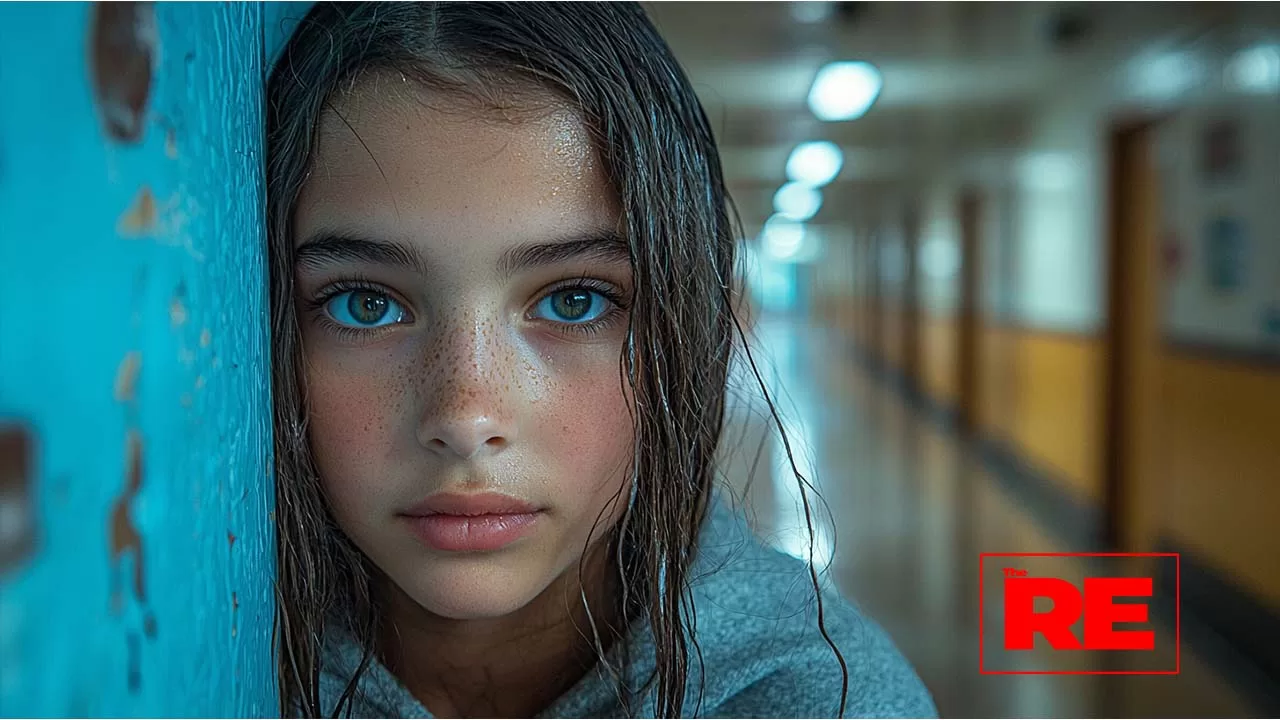
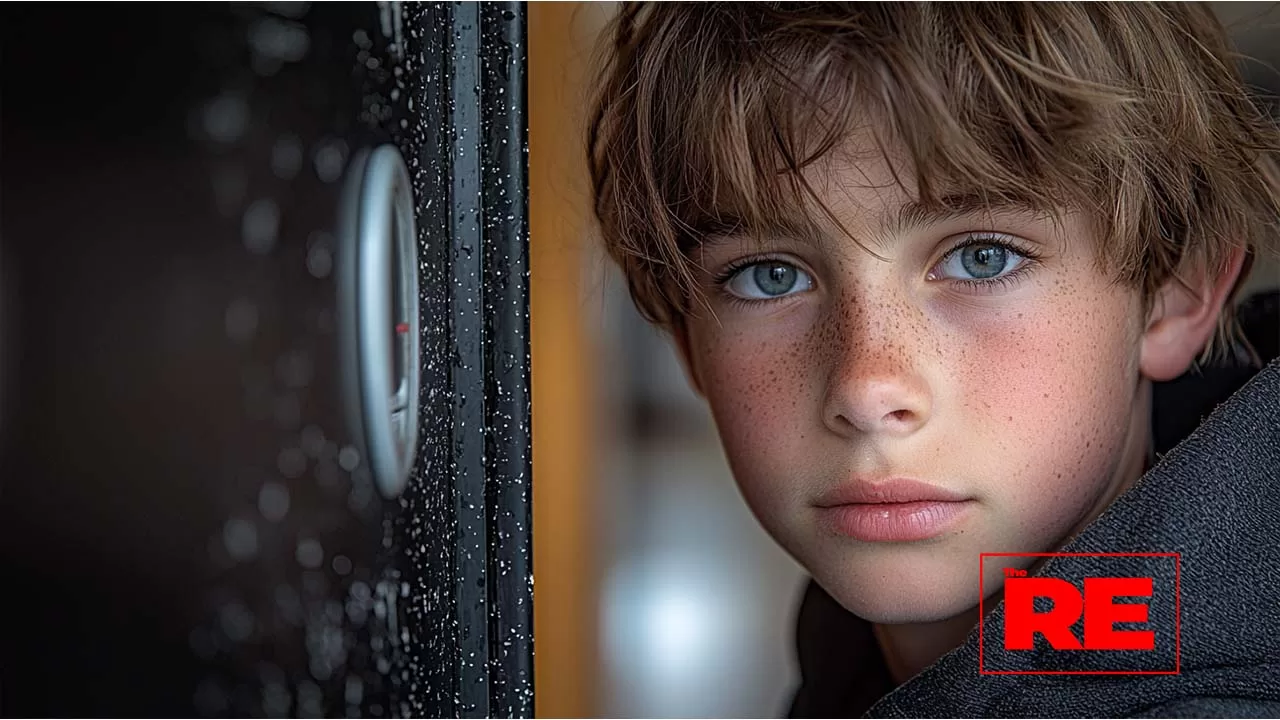
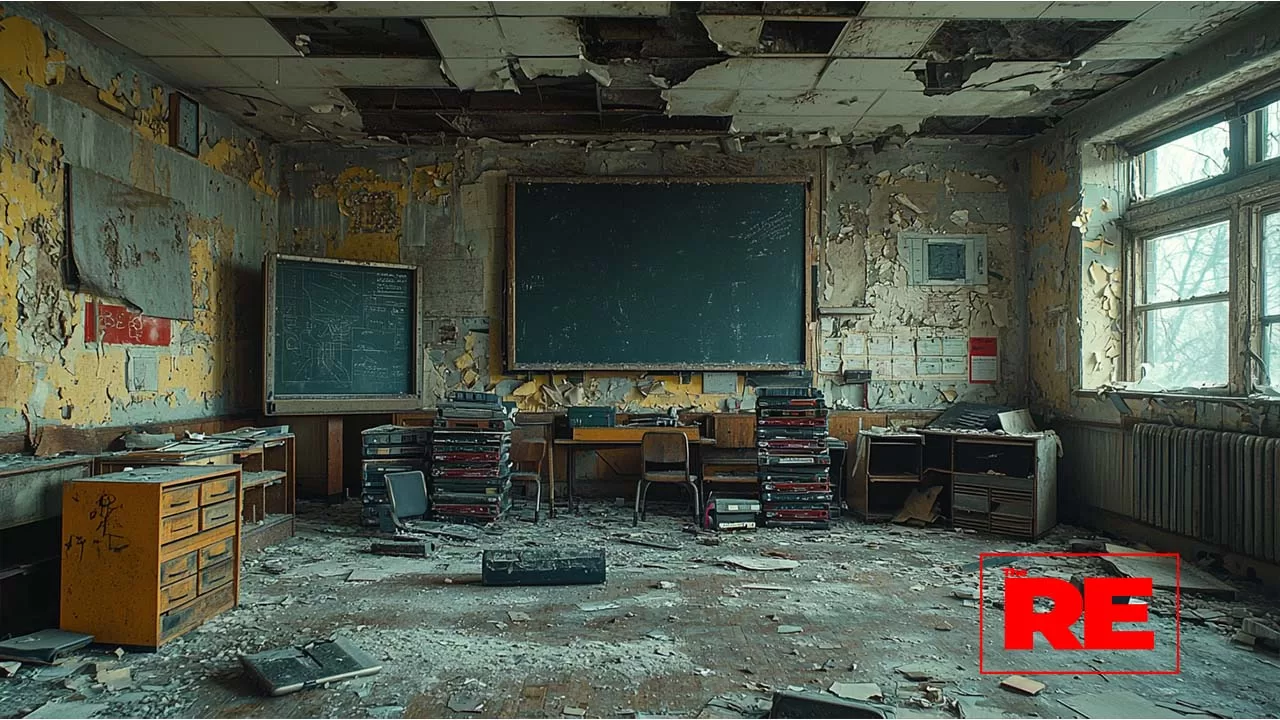
You want to know how this game really works? Follow the contracts. Behind every public school labeled as failing, there is a paper trail. Money flowing not into classrooms, but out of districts and into the hands of companies that figured out how to sell solutions for problems they helped create or never planned to solve. Let’s start with charter schools, the golden child of education reform. Touted as flexible and innovative alternatives to traditional public schools, charters bring in billions in public dollars every year. But they are not held to the same transparency standards. They can deny students, under-enroll special education, push out students labeled as “problems,” and still collect funding based on headcount.
And here is the kicker. Many of them are run by Charter Management Organizations, private entities that charge the schools for back-office support, curriculum, and administrative services. That is a polite way of saying they get paid twice. Public funds go to the charter. The charter pays the management group. That group is often owned by the same people who lobbied for more charters in the first place. And you wonder why the system feels rigged? Let’s keep going. Standardized testing companies like Pearson, McGraw-Hill, ETS, and Cambium make billions selling assessments, prep materials, data dashboards, and scoring services. Some of them even sell the curriculum being tested. That is like a casino printing its own slot machines and making the payout rules.
In 2023, states spent over one point seven billion dollars on standardized assessments. And the results? Still showing inequity. Still reinforcing racial and income-based gaps. But the contracts keep coming. Because testing is not about gaining insight. It is about accountability optics—a number politicians can point to and vendors can build products around. Meanwhile, students are reduced to data points. Teachers are told to teach to the test using approved tools sold by the same companies. Now let’s talk ed tech. This space exploded during COVID when Zoom classrooms and Chromebook rollouts became survival. But even after schools reopened, the tech stayed. And so did the money.
Platforms like Khan Academy, iReady, ClassDojo, Clever, Lexia, Amplify, and Edgenuity all pitch adaptive learning, AI personalization, and engagement tools. Some of them deliver. Most of them collect massive amounts of student data under the radar. Districts sign multi-year deals with minimal oversight. Teachers are told to integrate the tech without proper training. Students log in, click through modules, and call it learning. It is digital babysitting wrapped in a user interface. But you know who is thriving? The startups backed by venture capital firms betting on education like it is the next rideshare market. In 2024 alone, over eight billion dollars in private investment went into K-12 ed tech. The goal is not better learning. The goal is market share.
And do not forget the consultants. This is a whole other hustle. You have firms charging six-figure retainers to assess school climate, conduct equity audits, or implement new behavioral frameworks. They run professional development workshops that teachers never asked for, based on research that does not align with the realities of the classroom, using frameworks that ultimately justify spending more money on—again—outside vendors.
These consultants often come with revolving door résumés. Former Department of Education staff. Ex-superintendents. Corporate executives. They are not building schools. They are building contracts. And here is where it gets truly sick. Many of the schools being rescued by all this private sector brilliance were under-resourced by design. That is the setup. You defund a district. You underpay the staff. You let the buildings fall apart. Then you declare the school a failure and bring in the fixers.
Now the same public funds that should have gone to counselors, librarians, arts programs, building repairs, and teacher raises are lining the pockets of entities that have no skin in the game. Let’s zoom in. Take New Orleans post-Katrina. The entire public school system was dismantled and replaced with a near-total charter model. Who benefited? Not the families who were displaced. Not the veteran Black teachers who were fired en masse. The winners were the charter management companies, the real estate developers, and the data firms that turned schools into reform labs.
Now fast forward to cities like Philadelphia, Chicago, Detroit, and Oakland. You will find the same playbook: disinvestment, test-based failure labels, school closures, charter expansion, technology contracts, consulting fees, and shrinking public accountability.
And the outcomes? Mixed at best. In many cases, test scores remained flat, graduation rates stagnated, and inequality deepened. But that did not stop the checks from coming.
Because remember—these contracts are not tied to real results. They are tied to delivery. If a company rolls out software on time and hosts a webinar, the contract is fulfilled. If test scores tank, that is not their problem. If schools close, it is unfortunate. If families complain, it is complicated. Meanwhile, the next round of funding gets released and the cycle repeats.
The system is designed to look like reform while guaranteeing very little changes—except who is getting paid.
And here is the slickest part. A lot of this is legal. In fact, much of it is encouraged through state policy and federal grant incentives. Because when education is treated like a marketplace, the assumption becomes that more choice automatically equals better quality. But that only works if every choice is equally supported. And that is not happening.
The public school down the street has to prove itself every year while operating on crumbs. The charter across town gets a grant to build a new gym and still has the ability to turn away students who do not “fit the model.” The ed tech platform that replaced two teachers gets highlighted in a district newsletter as innovation. And the student who needs stability? The one with learning challenges? The kid who just needs a consistent adult to show up and care? They are left clicking through screens while someone on a Zoom call counts their login as a win.
So no, it is not that education is broken and the private sector is coming in to fix it. It is that education was defunded until it broke. And now it is being sold off piece by piece to the highest bidder.
If we keep letting that happen, the only public thing left in public education will be the word painted on the building.
Let’s cut through the branding.
If any of these companies, lobbyists, or politicians really cared about education—if it was actually about the kids—they would be fighting for more funding, not more contracts. They would be fighting for more counselors. More librarians. Smaller class sizes. Clean buildings. Music, art, food that does not come out of a plastic bag. They would not be selling solutions from the outside while the inside collapses.
Because here is the truth. Public education does not need reform. It needs investment.
And not the kind that comes with a five-year software license and an auto-renew clause. It needs people. It needs trust. It needs time. It needs to be left alone long enough to breathe, stabilize, and rebuild from the inside out—with the folks who actually live this every day: the teachers, the aides, the principals, the students, and the families.
But that is not sexy. That does not make shareholders money. That does not create IPO buzz or land a Forbes profile. So instead, we get innovation. But let’s be real. There is nothing innovative about selling bandages to people you helped bleed.
We are watching the slow replacement of community-centered education with a franchised model. And it is happening because the people making the decisions do not send their kids to public schools. They do not teach in them. They do not walk through metal detectors in the morning or see what it is like to share one nurse with five buildings. They do not understand what happens when your school shuts down and now you have to take two buses to the nearest charter—one that might not even let you in if your IEP is too complicated.
This is not about helping. This is about control. Control over curriculum. Control over discipline. Control over who gets in and who gets left behind.
And once you control education, you control the next generation’s view of what is normal. You control what they learn about labor. About race. About gender. About power. About their own history. You do not just privatize education. You privatize truth.
And that is the long game.
Because education is not just a service. It is a mirror. It reflects what we value. Who we invest in. What kind of future we believe is worth building. And right now, what it reflects is this: we are more comfortable commodifying failure than facing it. We are more willing to gamble on apps and testing firms than trust the people who have been showing up for these kids for decades. We will cut the budget, blame the staff, and hand over the keys—then wonder why nothing changes.
But here is what they do not count on. People are paying attention. Teachers are organizing. Parents are asking hard questions. Communities are fighting for control of their own schools. People are realizing that school choice often means less choice if you do not fit the mold. People are starting to see that the real fix is not in a software update—it is in reclaiming the public in public education.
That means rejecting the narrative that outsourcing is the only path forward. It means demanding transparency—not just from school districts, but from every company taking tax dollars under the banner of student success. It means asking why a teacher making fifty-two thousand a year is sitting through a workshop led by a consultant charging twenty-five thousand for a PowerPoint. It means organizing around policies that restore funding, not redirect it upward.
Because if we don’t—if we keep letting this slide—the public system will hollow out until all that is left is liability. And when the money dries up, the vendors will vanish. And the communities left behind will be blamed for not doing more with the scraps.
We have seen this story before. In healthcare. In housing. In transit.
Now it is playing out in education.
And unless we break the cycle, fixing schools will just be the next hustle.
So let’s ask the real question.
Who benefits from a system that stays broken?
Because it sure as hell is not the students.
Banned, Blocked, and Buried: The Quiet War on Libraries and Free Access
The Ripple Effect
-News and Commentary-
It never starts with a siren. There’s no explosion, no protest sign, no breaking news segment. The quiet war on libraries doesn’t make headlines because it’s not designed to be loud. It’s designed to be boring—bureaucratic, procedural, unremarkable. That’s the genius of it. Because if you want to erase something from a culture, you don’t burn it anymore. You just quietly underfund it, question its relevance, make it harder to access, and then eventually, once people have stopped showing up, you close the doors and call it progress.
Across America, libraries, both physical and digital are being challenged, defunded, restricted, and in some cases, outright erased. But not in a way that makes for a viral moment. These aren’t dramatic scenes of books on fire. They’re spreadsheets. Policy memos. Content moderation algorithms. Closed-door committee votes. And behind it all is a creeping strategy that’s harder to see but deeply intentional: reduce what people can access, redefine what’s “appropriate,” and quietly shift the boundaries of what counts as truth.
The public narrative is framed as protection, especially for children. “We’re keeping kids safe,” they say. “We’re removing sexually explicit material,” or “inappropriate content,” or “political bias.” But when you zoom out and look at what’s actually being targeted, you start to see the pattern. Books by queer authors. Histories of slavery that name names. Novels that explore gender identity. Articles that question police policy. Scientific journals that address climate change. It’s not about safety, it’s about control.
And this isn’t happening in just one region. It’s a coast-to-coast movement, spreading like a quiet virus. In Texas, a school district pulled dozens of titles without notifying parents. In Florida, entire book lists are being reviewed under vague laws like “Don’t Say Gay.” In Missouri, a law now criminalizes librarians for distributing “inappropriate” materials, which as defined, includes much of Black history and LGBTQ+ narratives. In Pennsylvania, libraries were denied funding for not meeting a political “patriotism” test. Even New York, a so-called liberal stronghold, has seen fights over digital censorship and budget cuts to public knowledge databases.
But here’s the thing: the quiet war isn’t just about books. That’s the decoy. The real fight is about information access in the 21st century, who gets to control it, and who gets left out. Digital libraries are increasingly behind paywalls. Academic journals that used to be accessible through public library portals now require subscriptions. Content filtering in schools, public Wi-Fi networks, and library systems is becoming more aggressive, using algorithms that often block entire categories of knowledge by default. Kids trying to research reproductive health? Blocked. Adults trying to access criminal justice reform articles? Filtered. Community members trying to download public data on police budgets? Now redirected or deadlinked.
And then there’s the tech layer. Major publishing deals now allow companies like Amazon, Apple, and Google to dictate what digital library content gets surfaced. That means certain books may technically still exist but try finding them in a school e-reader system or voice search. Try borrowing them through your library app and see what comes up instead. Algorithms bury what policy doesn’t ban.
Meanwhile, the people who rely on libraries the most, low-income families, immigrant communities, rural populations, and students without at-home internet—are the ones being hit hardest. When you cut off access to a physical library or restrict digital materials, it doesn’t hurt the people who can buy books or subscribe to news. It hurts the kid whose only access to knowledge was the school library. It hurts the mother who reads banned titles to her child because they reflect her family’s story. It hurts the college freshman who can’t afford JSTOR and needs a free source to write a paper. This war on libraries is a class war, a culture war, and an ideological purge all rolled into one but fought in the language of safety, efficiency, and cost-saving.
And here’s what makes it so dangerous: because it’s not loud, it’s not seen as urgent. There are no national debates about digital content filtering. There’s no 24-hour news cycle about school libraries quietly losing entire shelves of books. And when there is backlash, it’s often siloed, framed as a “local issue” instead of what it is: a coordinated national movement to shrink the commons, privatize access to information, and normalize ignorance as a feature, not a flaw.
We used to say, “Knowledge is power.” But power heard that. And now it’s making sure knowledge costs too much to access or simply disappears before anyone notices. This war on libraries isn’t about censorship alone it’s about engineered amnesia. And the quiet part? That’s by design. Watch the full episode above…
The Cost of Being Poor: How Every System Punishes Struggle
The Ripple Effect
-News and Commentary-
Now, even the digital world reflects this imbalance. Poor families often pay more for internet access through prepaid plans or mobile data limits. They buy groceries at convenience stores because full-service markets left their neighborhoods years ago. They’re excluded from fintech tools that require credit scores, savings balances, or monthly fees. This is systemic exclusion dressed up as financial literacy.
And while all of this plays out, the people affected are blamed. Not the landlords demanding $1,800 for a one-bedroom with no heat. Not the lenders charging 20% to someone with no other options. But the person working full-time who still needs help? They’re treated like a burden. Like poverty is a behavior instead of a condition shaped by policy, geography, and profit models.
So when did poverty stop being something to solve and become something to manage?
That shift happened quietly, over decades. And now we live in a country where the act of being poor isn’t just hard, it’s criminalized. Where the punishment for having less is paying more. And where the people who suffer under these systems are told it’s their own fault for not escaping them.
This isn’t a glitch in the system. This is the system.
Poverty in America isn’t just economic. It’s structural. It’s psychological. It’s cumulative. And it’s designed to feel personal—even when it’s clearly systemic.
We tell people to pull themselves up by their bootstraps, but hand them boots full of holes. We tell them to budget better, save more, make smarter choices—but everything about their environment is rigged to ensure they pay more and keep less. That’s not financial advice. That’s cruelty disguised as moral discipline.
And here’s the trap: once you’re poor, you don’t get to make mistakes. You don’t get to be late, tired, sick, or overwhelmed. You don’t get second chances. Not from banks. Not from landlords. Not from courts. Not from schools. And definitely not from the public conversation.
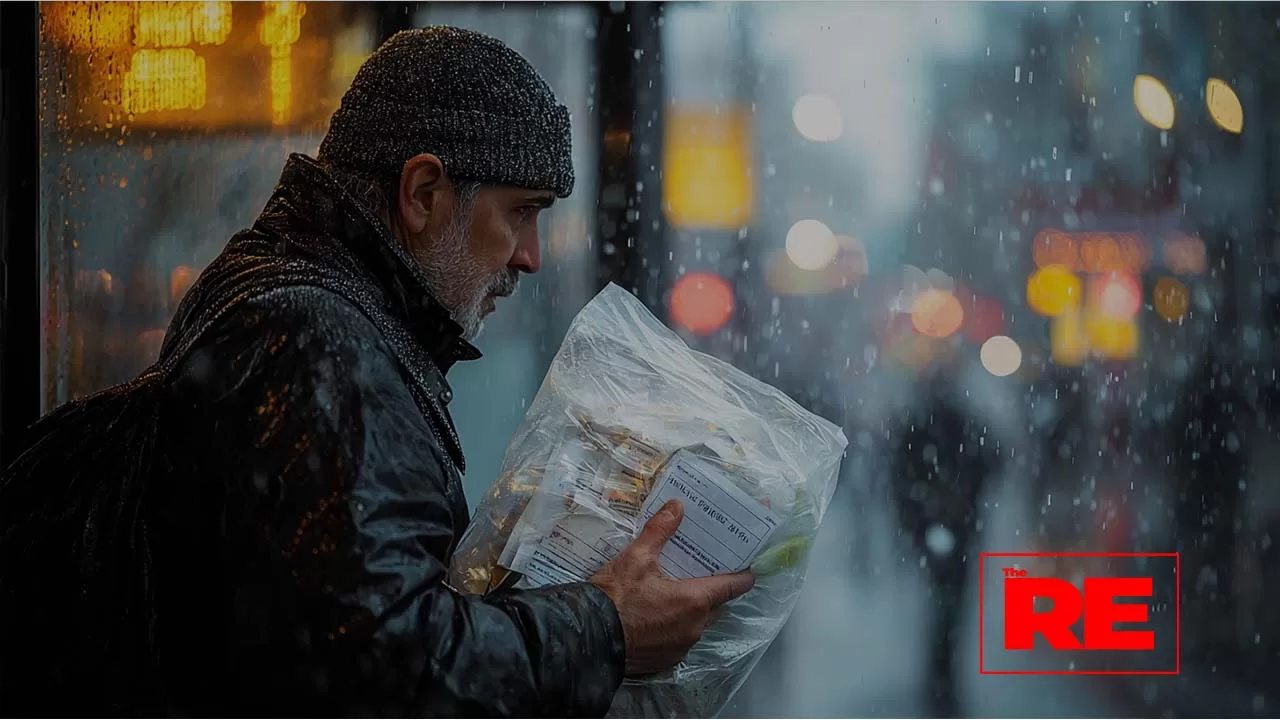
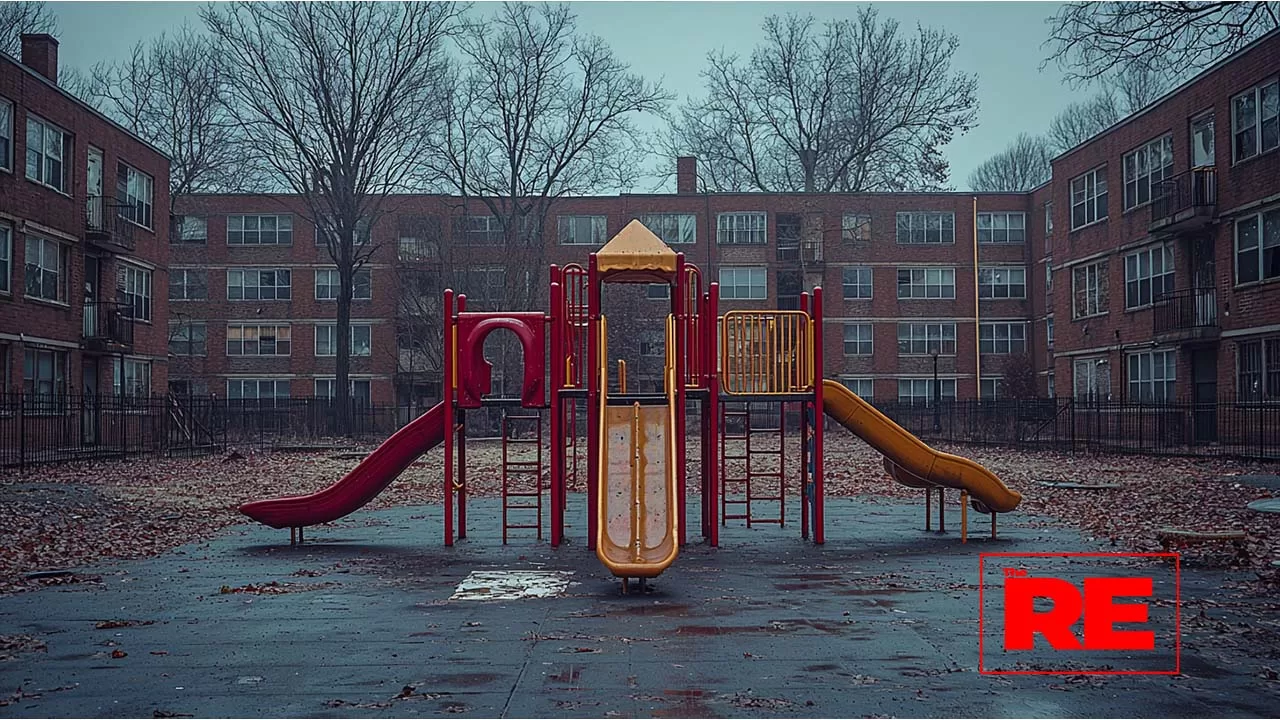
Today in The Ripple Effect, we are discussing how poverty in America doesn’t just mean having less it means being charged more, punished faster, and blamed harder.
From overdraft fees to late payment penalties, from predatory loan interest rates to housing deposits that never come back, poor people in this country aren’t just trying to survive, they’re paying for it. At every level, the systems that claim to offer support are structured in a way that makes struggle more expensive, more exhausting, and often, more permanent.
It’s not just about lack of income. It’s about institutional design, where banks, courts, schools, and social programs all operate on the assumption that if you’re struggling, it must be your fault.
People in poverty are charged more to access money, more to borrow, more to move, more to eat healthy, more to fix credit. And once they fall behind, even slightly, the systems in place don’t offer a hand, they hit them with another bill.
This isn’t a broken system.
It’s a functioning one.
It’s just not functioning for the people who need it most.
Poverty in America isn’t just a condition—it’s a penalty. And for those living inside it, that penalty comes in the form of higher costs, fewer options, and relentless punishment for even the smallest missteps. It’s a system designed not just to keep people from rising—but to charge them for falling.
The people most affected aren’t lazy or unemployed. They’re working. They’re contributing. They’re making minimum wage at chain restaurants, cleaning buildings overnight, driving rideshare until 2 a.m. and still falling behind. And the more they fall behind, the more expensive life gets. Every late bill, every overdraft, every missed payment becomes another toll—added not by accident, but by design.
This is what the architecture of poverty looks like. A $35 overdraft fee on a $12 purchase. A payday loan that charges 391% APR because traditional banks won’t approve a line of credit. A security deposit and first month’s rent demanded up front, even when the applicant’s monthly income could clearly support the lease. Everything is front-loaded. Everything assumes failure.
And when help is needed, it’s often surrounded by hoops. Social services are built on distrust. Food assistance comes with constant reevaluations. Medicaid applications get rejected for clerical errors. Housing vouchers are waitlisted for years. These programs don’t operate as lifelines—they operate as tests, daring people to prove they’re worthy of survival.
This didn’t begin with one administration or one party. The framework dates back to the Reagan era, where narratives around personal responsibility became policy. Then in the ’90s, the “tough love” approach to welfare hardened into law—placing time limits and work requirements on assistance without ever expanding real opportunity. Since then, the language around poverty has been sanitized: “food insecurity,” “housing burden,” “underbanked.” But the reality hasn’t softened. It’s just become easier to ignore.
Instead, every missed payment, every forgotten document, every failed inspection gets turned into a character flaw. And that’s how the system stays intact—by making you feel like the problem while it profits off your inability to escape it.
And this doesn’t just hurt individuals. It ripples through families, neighborhoods, entire generations. When parents are consumed with survival, they can’t plan for growth. When housing is unstable, education suffers. When transportation is unreliable, job security evaporates. Poverty creates fatigue that bleeds into every decision, every interaction, every future possibility.
And what’s worse? We’ve normalized it.
We’ve allowed a society where it’s more profitable to punish the poor than to support them.
Where you can bounce a check and end up in jail.
Where missing rent by three days leads to eviction, but a landlord can take weeks to fix a broken heater.
Where wealth buys silence and invisibility, and poverty gets micromanaged to death.
So we need to start asking the real questions:
Who benefits when poverty is criminalized and monetized at every level?
What does it say about a nation that lets late fees fund banks and jail time fill budget gaps?
When did the safety net become a maze of penalties and shame?
Where is the accountability for systems that profit off failure?
Why do we keep pretending individual behavior can fix what policy created?
This is not just a matter of economics. It’s a matter of dignity. Of design. Of whether we believe that struggling to survive should be punished—or supported.
Because if being poor means being exhausted, exploited, and blamed for your own struggle…
then we’re not fighting poverty anymore.
We’re institutionalizing it.
One story. One truth. One ripple at a time.
This is The Ripple Effect, powered by The Truth Project.
Deportation Nation: The Silent Reshaping of U.S. Borders
The Ripple Effect
-News and Commentary-
Today in The Ripple Effect, we are discussing how U.S. immigration policy is being rewritten—not through bold announcements or sweeping reform, but through silence, shadow moves, and quiet expulsions.
Across the country, deportations are still happening. But they don’t look the way they used to. There are fewer images of large raids. Less media coverage of packed detention centers. The public conversation has faded. But behind that silence, a new system is tightening. It’s quieter. More technical. More digital. And arguably, more dangerous because fewer people are paying attention.
What’s unfolding now is less about building walls and more about building systems:
Digital tracking. Quiet rule changes. Expanded expedited removal.
A legal maze that’s nearly impossible to navigate unless you already have privilege.
And for those without it?
You may never even see a courtroom before being removed from the country you call home.
This isn’t just about immigration anymore. This is about power, access, and control wrapped in the language of national security.
So how did we get here?
And why are so few people talking about what this system has become?
Let’s begin with who’s directly impacted. It’s not just undocumented migrants crossing the border, it’s visa overstayers, refugees in legal limbo, longtime residents with green cards, and even U.S. citizens with immigrant relatives caught in bureaucratic webs. And it’s not just adults. Children, some born here, some not, are being swept up in policies they don’t understand. For many families, one traffic stop or address update can set off a chain reaction leading to detention or removal.
So what exactly is happening?
The American deportation machine hasn’t slowed, it’s evolved. The old image of ICE agents breaking down doors is still real, but it’s no longer the frontline. Now, enforcement starts with algorithms. Tech companies feed data into ICE databases. Government contractors design predictive tools to flag “high-risk” individuals based on criminal records, court dates, and even social media activity.
Surveillance isn’t just happening at the border—it’s everywhere.
License plate readers track vehicle movement.
Cell phone metadata is used to predict “migrant caravans.”
Facial recognition scans are quietly implemented in DMVs and airports.
This new era of immigration control blends technology, secrecy, and plausible deniability. The Department of Homeland Security can now deport someone using data collected by third-party brokers, without ever having to show probable cause in court.
And the rules for who qualifies as deportable? They’re changing too.
Under Title 8, many immigrants can be removed through expedited removal, a process where they are denied a court hearing, legal counsel, or the chance to build an asylum case. This tool, once reserved for border zones, is now being used in cities across the country. One wrong ZIP code, one missed appointment, and you may be classified as “removable” without ever being told when or how that label was applied.
So when did this shift start?
It didn’t happen all at once. This system has been under construction for nearly two decades.
Post-9/11 legislation opened the door for surveillance and anti-terror frameworks to be applied to immigration.
Under Obama, deportations peaked; earning him the nickname Deporter-in-Chief.
Trump escalated things with blunt force—zero tolerance, family separation, public raids.
And then came Biden. The tone softened, but the architecture stayed. In fact, it grew smarter, more hidden, and harder to trace.
Many hoped Biden’s administration would undo Trump-era policies. But instead, DHS quietly expanded tools that prioritize speed over fairness. The message is: you don’t need to be seen to be removed.
And here’s what few want to talk about; there’s big money behind all of this.
Private detention centers like those run by GEO Group and CoreCivic are publicly traded and profit per body held.
Tech companies like Palantir and Amazon Web Services provide infrastructure for ICE’s digital enforcement systems.
Lobbying groups regularly push for tighter enforcement because the contracts are lucrative. Deportation isn’t just policy, it’s business.
So why does it matter?
Because what’s being shaped here isn’t just immigration enforcement, it’s a parallel justice system. One where constitutional protections don’t fully apply. One where the presumption of innocence is replaced by algorithmic suspicion. One where entire communities live in a constant state of anxiety, waiting for a knock that never makes the news.
This isn’t just about who gets to stay, it’s about how power is being used to silence, disappear, and discourage without accountability. And that’s not a border issue. That’s a democracy issue.
This is what happens when a system becomes too quiet:
People stop noticing it.
And then they stop questioning it.
And eventually, they forget it’s even there, until it knocks on their door.
That’s what the modern deportation system has become. Not a wall, not a headline, not a chant at a rally. It’s a quiet bureaucracy moving faster, deeper, and more invisibly than ever before.
And here’s the truth: it’s not about who “deserves” to be here. It’s about how we treat the people who already are.
We’ve entered a phase where entire families can be removed from communities not because they posed a threat, but because they didn’t fill out the right paperwork in time. Because they crossed a border in desperation. Because the system didn’t give them the chance to explain.
And once they’re gone, they vanish twice, first physically, then from the public conversation.
No story. No spotlight. No debate.
Just absence.
And that silence is the most dangerous part.
Because the machinery of removal is expanding—not with new laws, but through the repurposing of old tools.
Not with a loud crackdown, but with a quiet shift in language: from “asylum seeker” to “border crosser.”
From “immigrant” to “illegal.”
From neighbor to number.
And it doesn’t stop at deportation.
The surveillance tech being built today for immigration enforcement? It doesn’t stay in one lane. The same tools are already being tested in policing, welfare fraud detection, protest surveillance. What starts at the border rarely stays at the border.
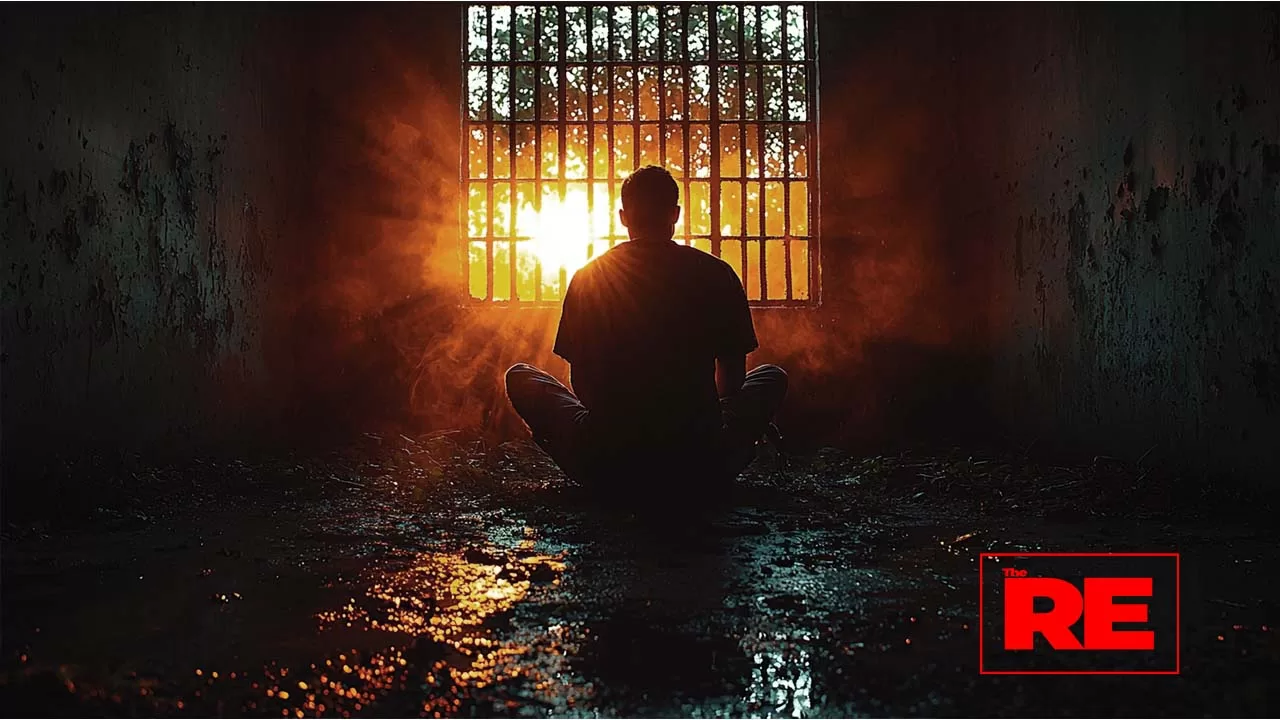


So what do we ask ourselves now?
Who are we comfortable disappearing, so long as it happens quietly?
What rights are we willing to suspend in the name of “control”?
When does policy stop being protection and start becoming punishment?
Where is the line between security and cruelty and who decides?
Why are we so quick to accept “efficiency” when it comes at the cost of someone else’s humanity?
Because if we keep letting silence replace scrutiny, if we keep ignoring what doesn’t affect us directly, we’ll wake up one day to find that the same system we let disappear others is now aimed closer to home.
This isn’t just about borders.
It’s about whether we believe justice should depend on paperwork or personhood.
One story. One truth. One ripple at a time.
This is The Ripple Effect, powered by The Truth Project.
The Rent Trap: How Inflation Policy Is Fueling a Housing Crisis
The Ripple Effect
-News and Commentary-
The Rent Trap: How Inflation Policy Is Fueling a Housing Crisis
- Home
- Articles Posted by
Share On Social
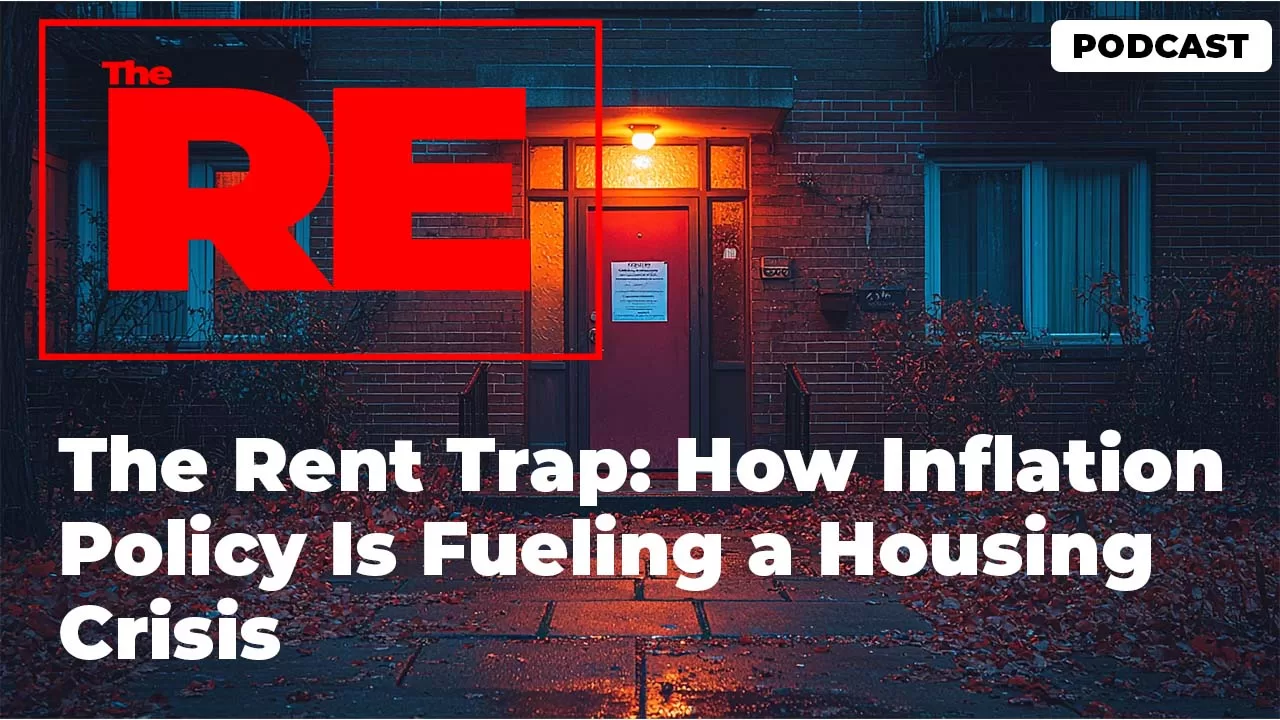
Today in The Ripple Effect, we’re talking about rent, how it went from annoying to unbearable, and how a war on inflation quietly turned into a war on stability.
Across the country, rent isn’t just going up, it’s exploding. Cities, suburbs, rural towns it doesn’t matter. A one-bedroom apartment that used to cost $1,200 is now pushing $1,900. That’s not just inflation. That’s structural pressure, compounded by decisions made far from the tenants who are paying for it.
For years, housing has been sold as the first step to financial security. But now? Rent is the trap that keeps people from ever moving forward. And while headlines blame supply and demand, interest rates, or even millennials with avocado toast, the deeper truth is this: policy choices made at the top are reshaping life at the bottom.
Because when the Federal Reserve raises interest rates to “fight inflation,” mortgage rates rise. When mortgage rates rise, would-be homeowners stay renters longer. When they stay renters, demand surges. And when demand surges in a market with low supply? Landlords raise the rent, not because they need to, but because they can.
This is the ripple. A decision made by the Fed board in a wood-paneled room eventually shows up as an eviction notice in someone’s mailbox.
No warning. No conversation. No forgiveness.
Just… gone.
Let’s talk about who’s caught in the middle of this mess. It’s not just low-income renters or people in overpriced cities. It’s people with good jobs and decent credit—nurses, teachers, first-year engineers, families with two incomes. People who did everything “right” but are still watching rent eat 40, 50, sometimes even 60% of their paycheck. It’s the young adult trying to move out, the retiree looking to downsize, and the single parent who just needs a two-bedroom that won’t wipe out their savings.
So what exactly happened?
The answer starts with interest rates. In 2022, when inflation started surging, the Federal Reserve responded with one of the fastest and most aggressive rate hikes in decades. That move, meant to slow the economy, had an unintended consequence: it made buying a home nearly impossible for millions of people. Mortgage rates doubled in under a year. Homeownership, once a reachable goal for the middle class, slipped out of reach almost overnight.
With fewer people buying, the rental market got slammed. Former homebuyers stayed renters. Landlords saw the demand and raised rents, not modestly, but aggressively. In places like Tampa, Phoenix, and Atlanta, average rents rose by 20–30% in a single year. And it wasn’t just individual landlords adjusting to inflation. It was institutional players—corporate landlords—who started treating rental properties like stock portfolios.
Companies like Invitation Homes, Progress Residential, and Blackstone bought up tens of thousands of single-family homes, using pricing algorithms to raise rents dynamically. No one to negotiate with. No faces behind the leases. Just an automated system designed to push rent as high as the market would bear.
Meanwhile, renters had nowhere to go. Cities weren’t building fast enough. Zoning laws kept housing supply restricted. In some neighborhoods, long-term rentals were replaced by short-term listings. In others, developers focused only on high-end luxury apartments—because that’s where the margins were, not affordability.
And public policy? It barely flinched. Emergency rental assistance programs expired. Most states passed the buck to local governments. Federal protections didn’t keep pace with rising costs. Rent control remained politically toxic. In many places, landlords could raise rent by 20% and face no consequences at all.
But when did this pressure start building?
It didn’t begin with COVID but that’s when everything sped up. The pandemic exposed the fragility of the housing system. Then inflation hit, and the Fed’s reaction amplified the existing cracks. What was once a slow-moving affordability issue became a full-blown crisis by 2023. Renters went from budgeting tighter to being pushed out completely.
And why does it matter?
Because stable housing isn’t a luxury, it’s a foundation. Without it, everything else collapses. When people are forced to move every year because of rent hikes, they lose community. They lose consistency. Kids lose school stability. Parents lose work proximity. Mental health tanks. Savings disappear. Hope fades.
And all of it—all of it—can be traced back to decisions made in the name of “economic stability.” But stable for who? Because for millions of renters, the system feels anything but.
Rent was never supposed to define your entire financial life. But today, it’s doing exactly that—for more people than ever.

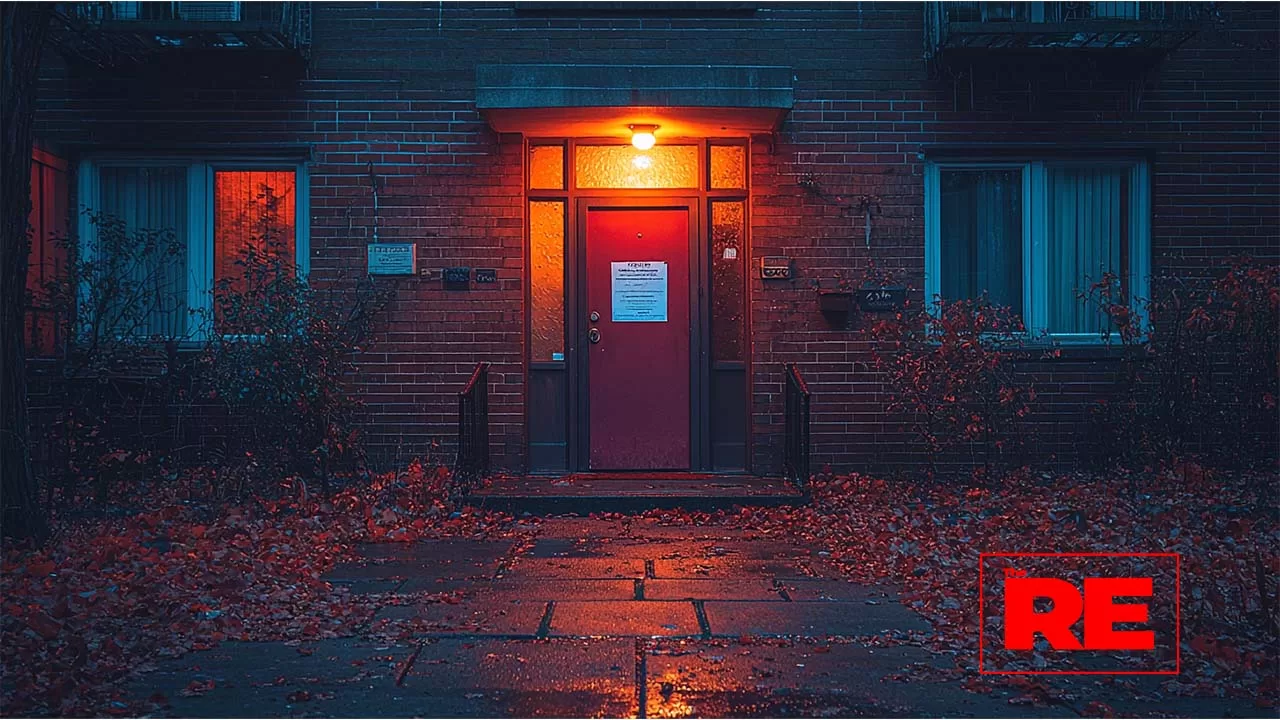

The truth is, renting has become less about transition and more about survival. You’re not building toward anything. You’re just staying afloat, hoping the next lease renewal doesn’t break you. That’s the quiet pressure that’s reshaping what it means to be “doing okay” in America.
And it’s not just about high prices t’s about what those prices take away. When 50% or more of your income goes toward housing, everything else shrinks with it. Vacations disappear. Medical checkups get postponed. Student loans fall behind. Emergency savings? That turns into wishful thinking. For some families, even one small rent increase can trigger a cascade of cuts—to groceries, transportation, childcare, and everything in between.
That kind of financial fragility doesn’t just affect wallets. It changes behavior. It teaches people to stop planning, to avoid risk, to stay still when moving might make more sense. People stop switching jobs even for better pay because moving means upfront costs, application fees, deposits, and credit checks. They stop asking for raises because job insecurity and housing insecurity now feel connected. When your housing can vanish with 30 days’ notice, stability becomes a luxury, not a right.
And then there’s the emotional cost. Living on the edge of affordability wears you down. It creates a sense of impermanence even when you’ve lived in the same place for years. You start to second-guess your worth. You feel out of place in your own neighborhood. Gentrification doesn’t just move people it isolates the ones who stay. New cafes open, old neighbors leave, and the rent hikes send a quiet message: this place is no longer for you.
But perhaps the most dangerous ripple is how normalized it’s all become.
People say, “That’s just the market.”
They shrug off $2,400 for a two-bedroom.
They downplay the stress of signing a lease, not knowing if they’ll be able to renew it next year.
That’s how systems protect themselves by turning dysfunction into expectation.
And while all this unfolds, policy remains stuck. Housing continues to be framed as a local issue, even as national trends shape everything from mortgage rates to rental prices. There’s no federal strategy to cap rent increases. No large-scale intervention to stabilize housing markets. Just a patchwork of local attempts, and a lot of finger-pointing.
So where does that leave us?
It leaves us with a housing system where profit has outpaced purpose.
Where families are displaced, not by disaster, but by spreadsheets.
Where millions of Americans are being slowly priced out of a future they thought they were building.
So let’s stop asking, “Can people afford rent?” and start asking:
Who decided that housing is something to invest in instead of something to live in?
What kind of society pretends that rent increases are just economics, not consequences?
When did we start accepting that working full-time still might not be enough to stay housed?
Where are the protections that recognize shelter as a human right, not a monthly hustle?
Why are renters treated like temporary residents in the communities they help sustain?
Because once people stop believing they can stay where they are, or ever get to where they want to be, the damage doesn’t just ripple. It lingers.
One story. One truth. One ripple at a time.
This is The Ripple Effect, powered by The Truth Project.
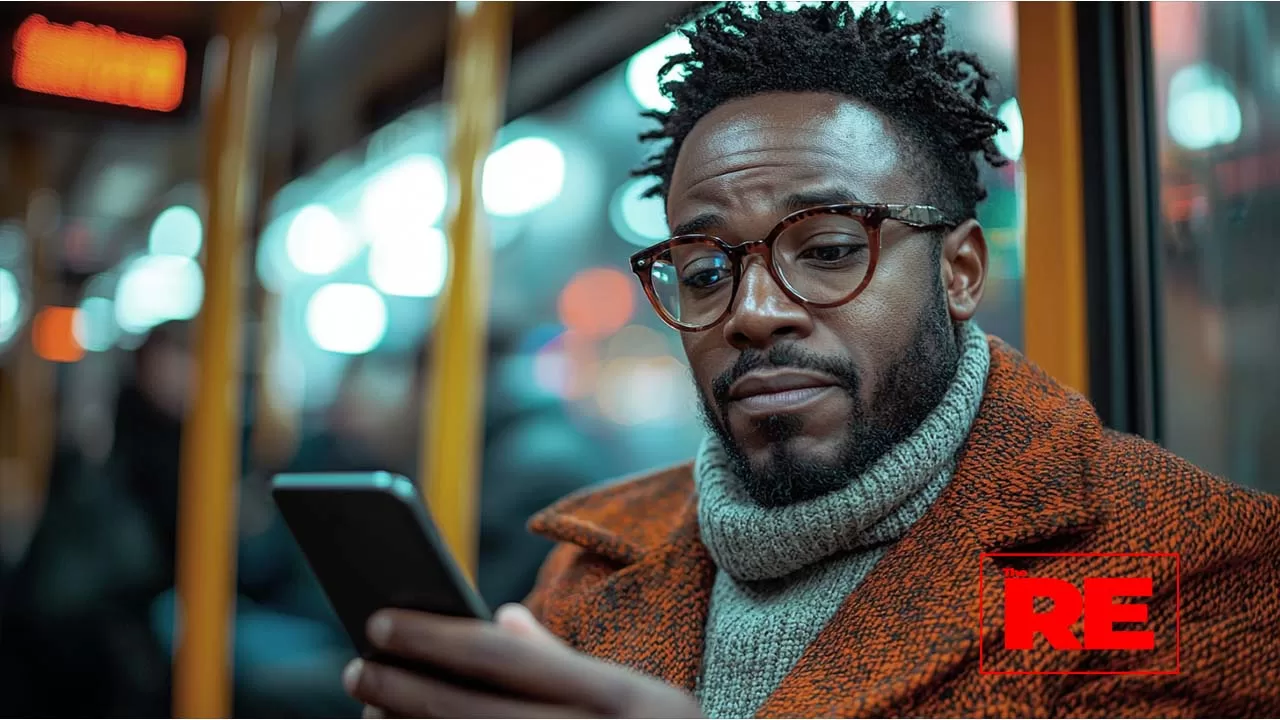
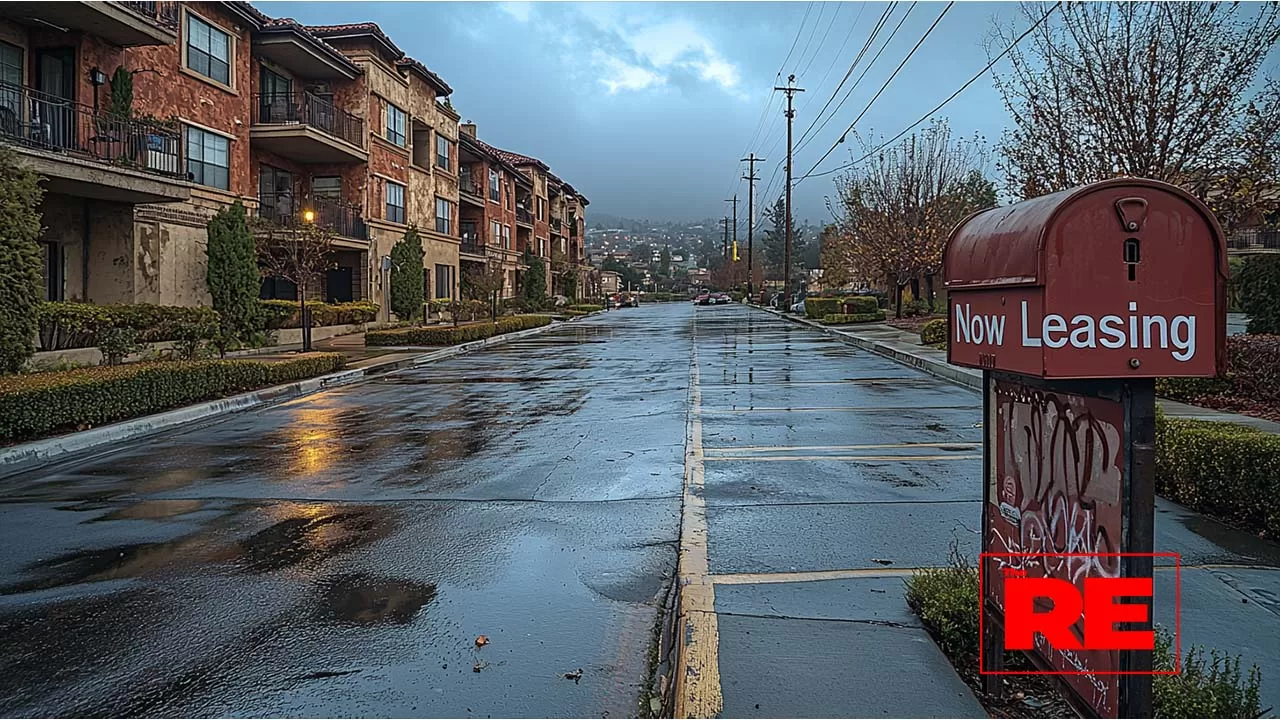



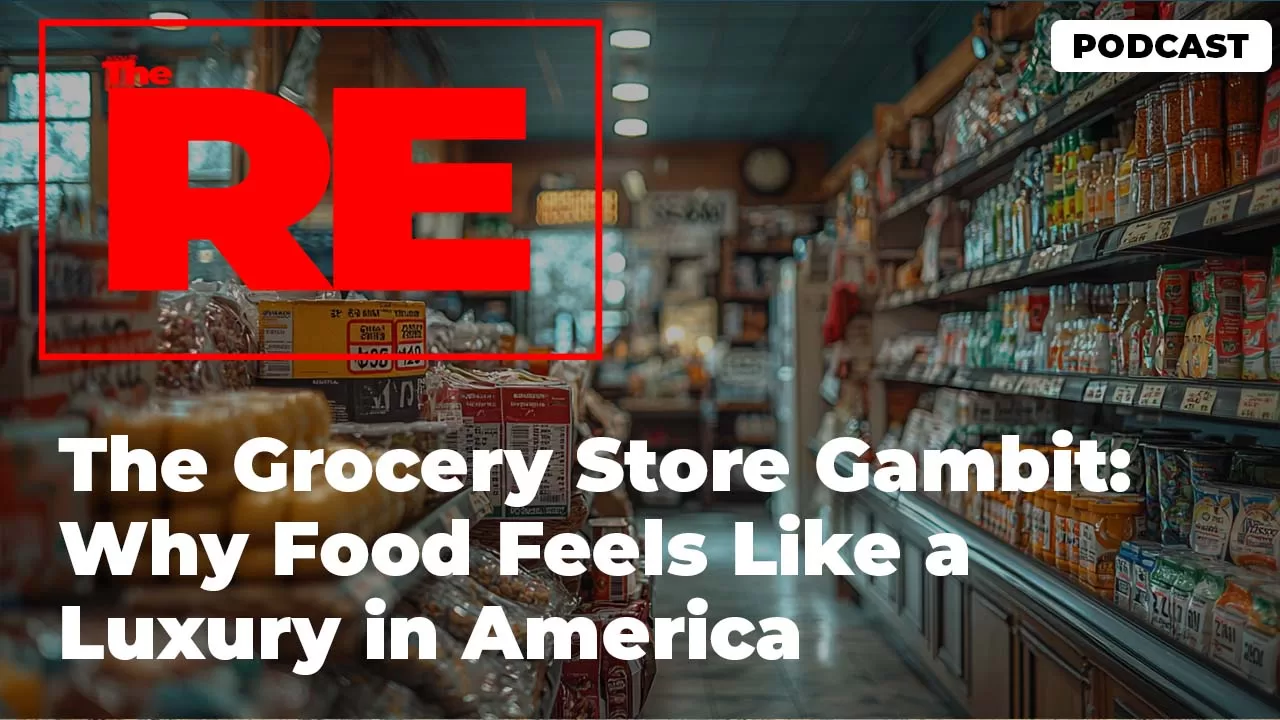
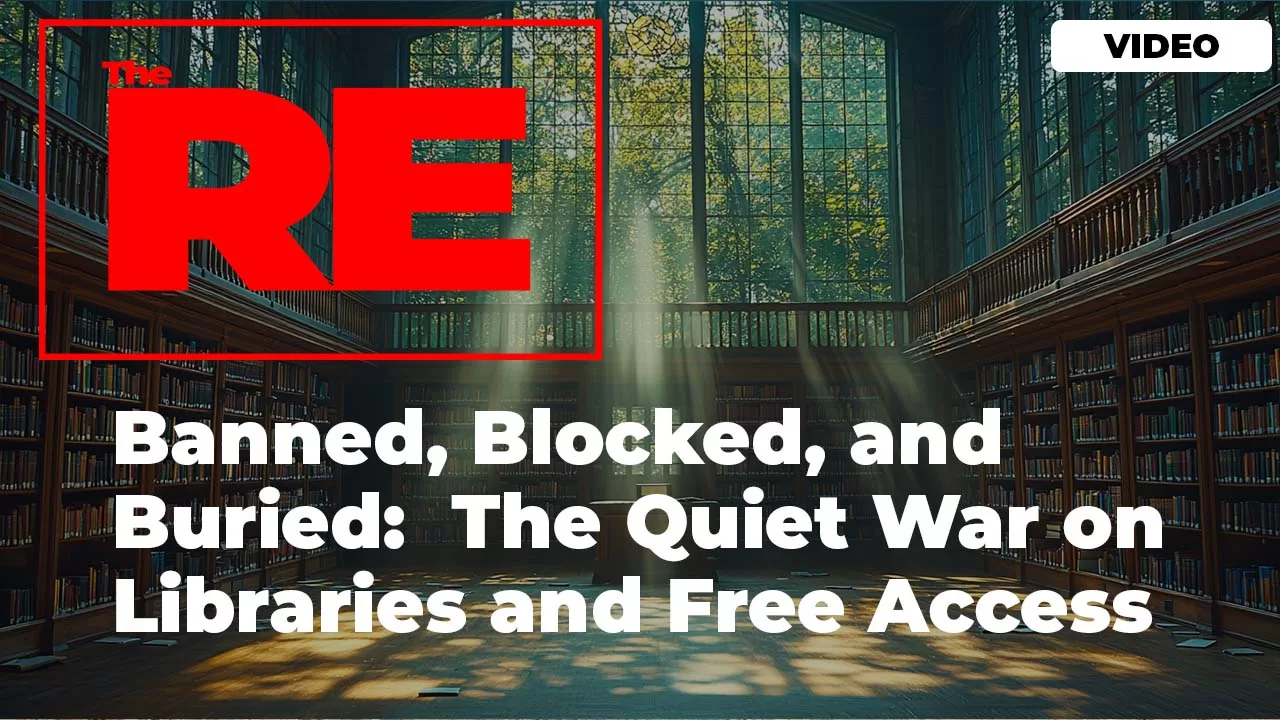
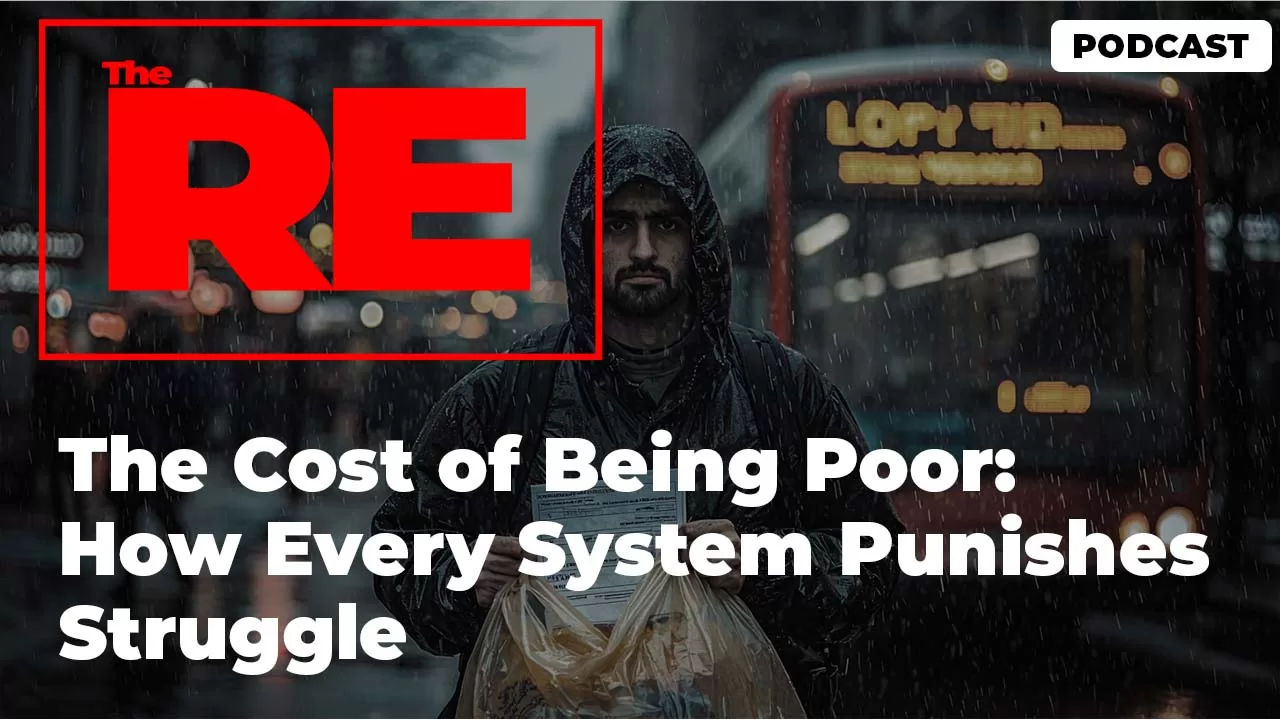
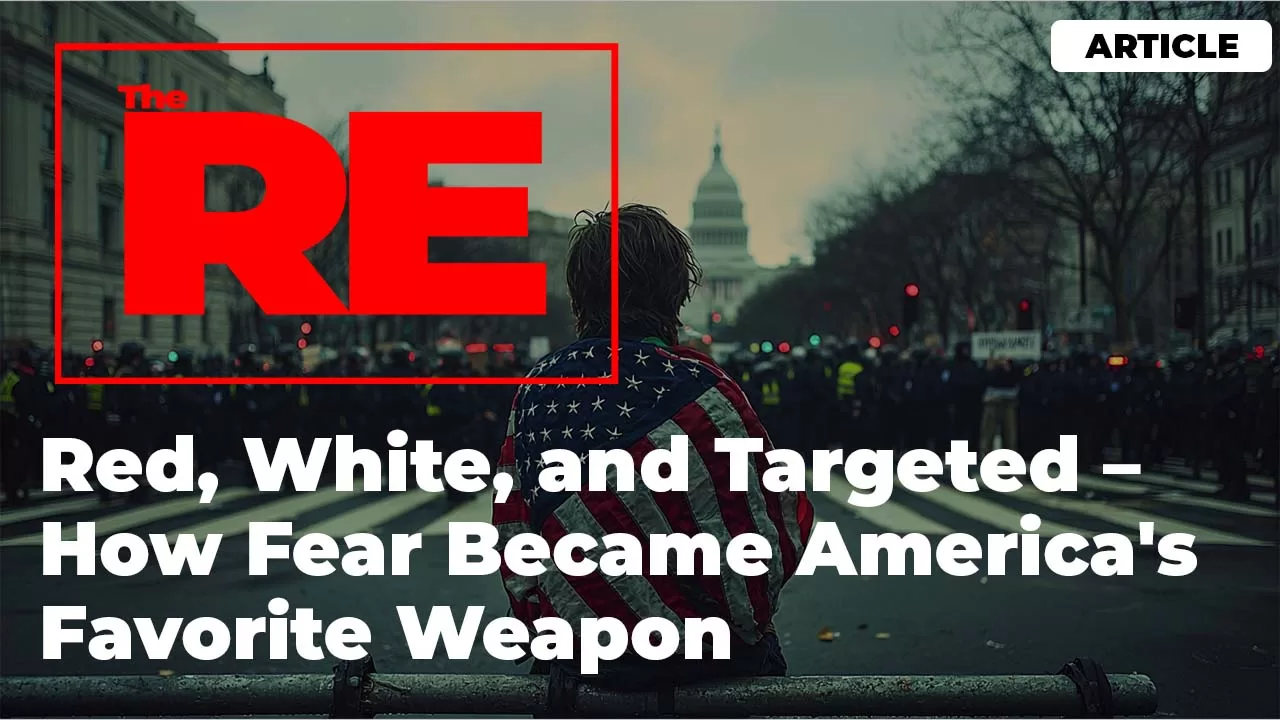
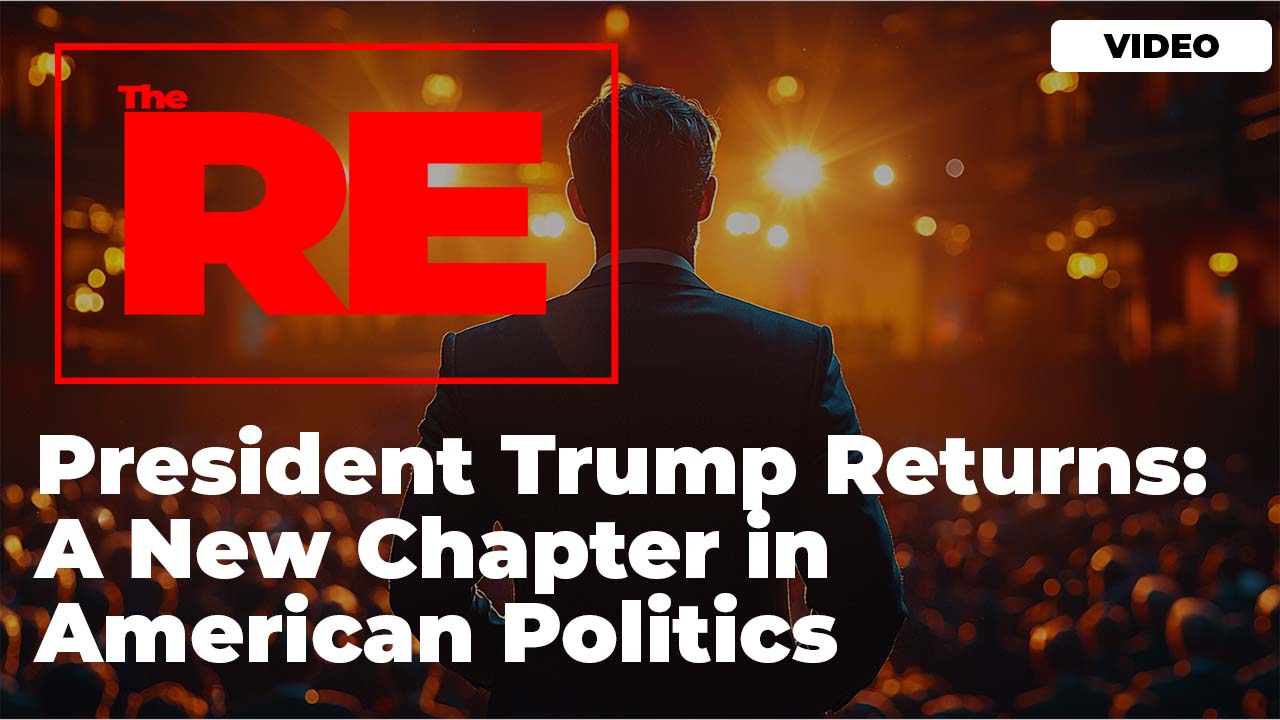
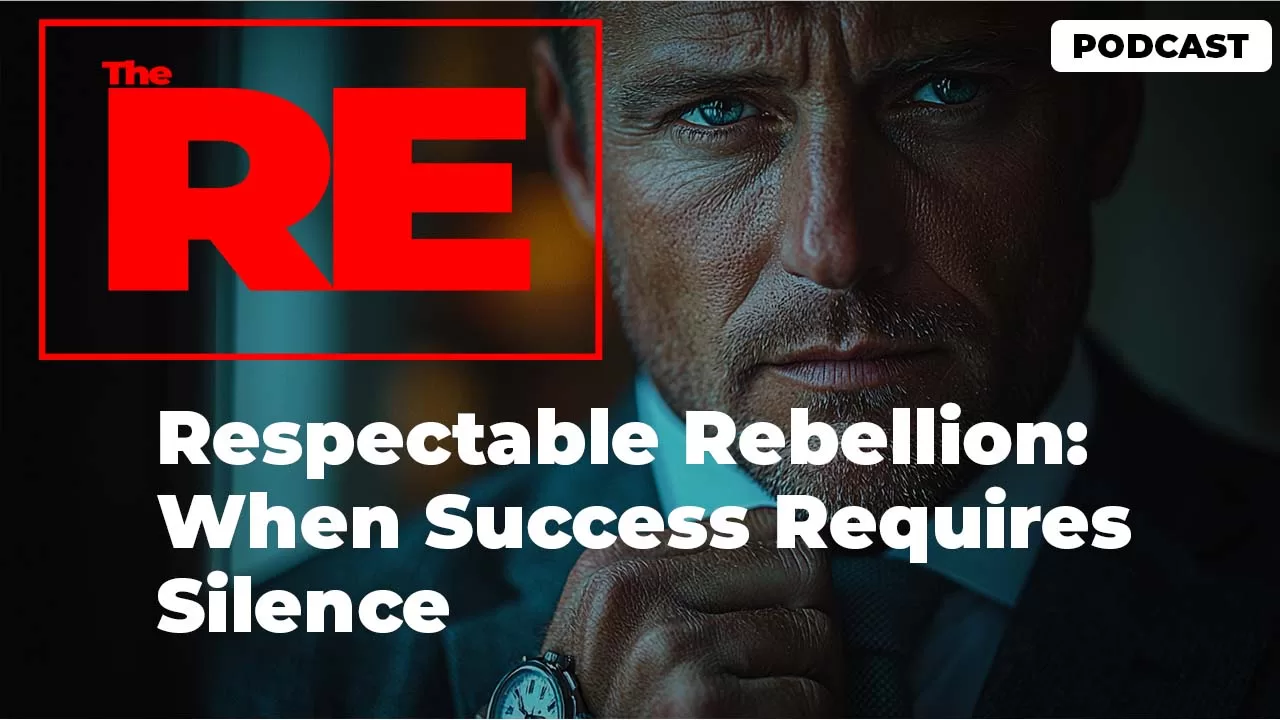
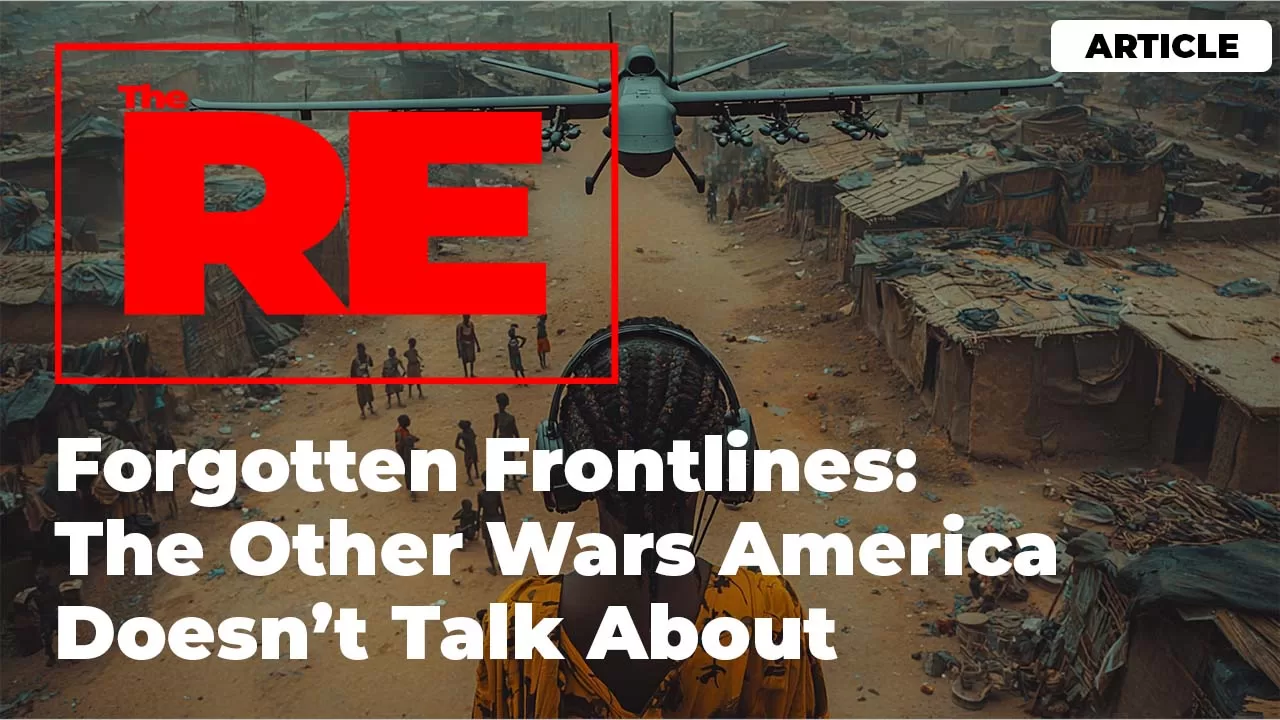
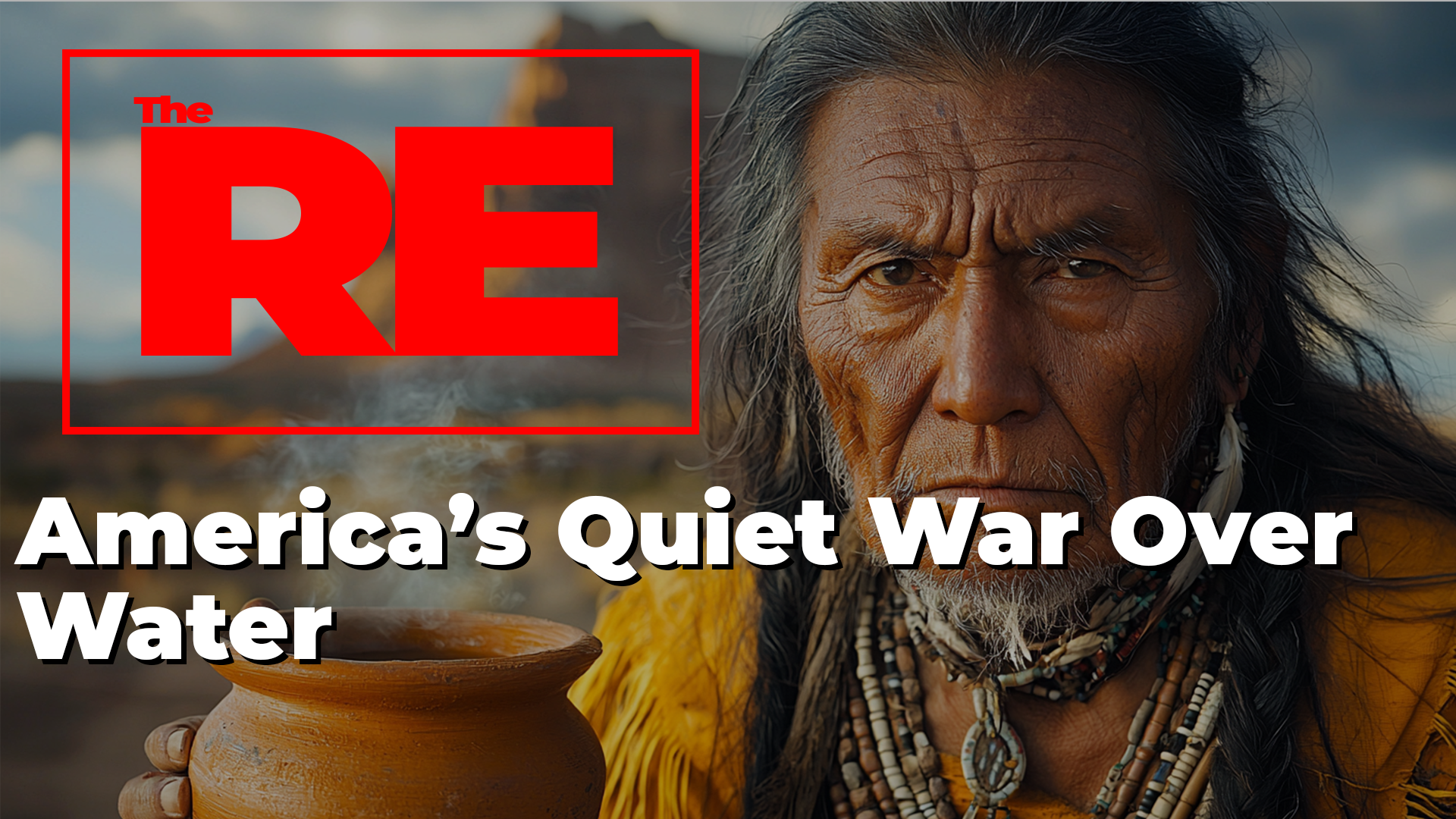
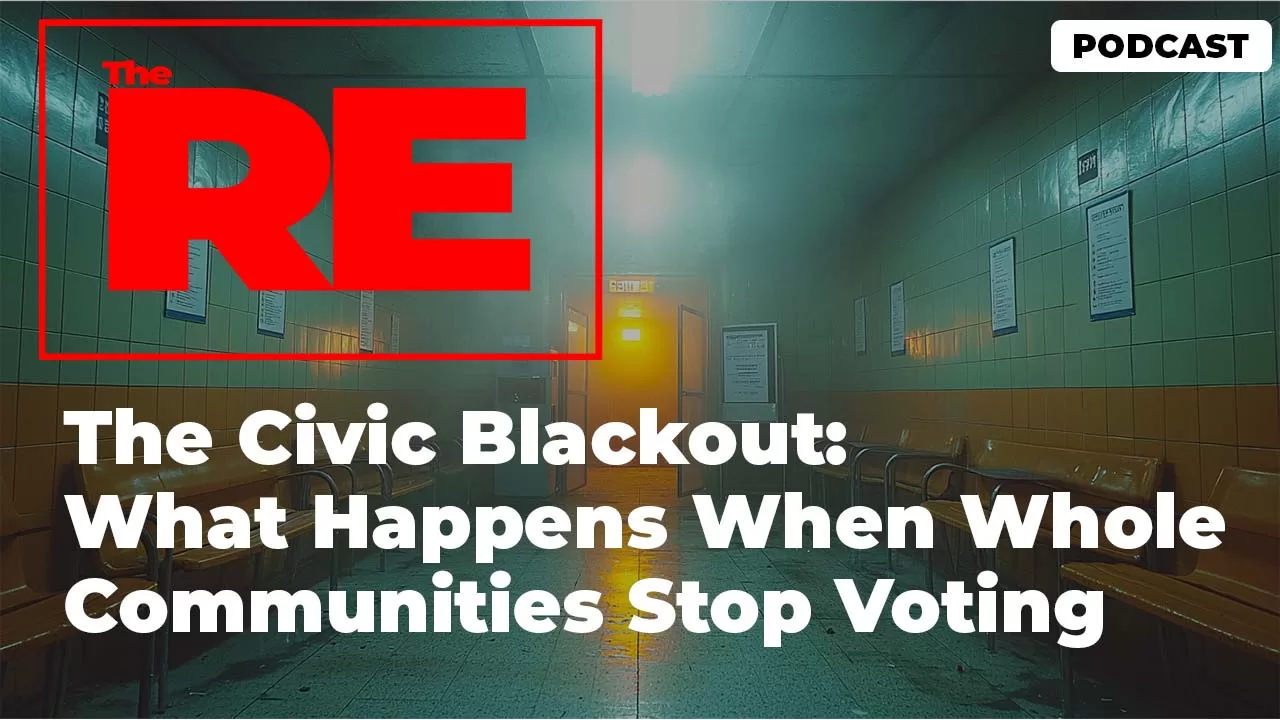

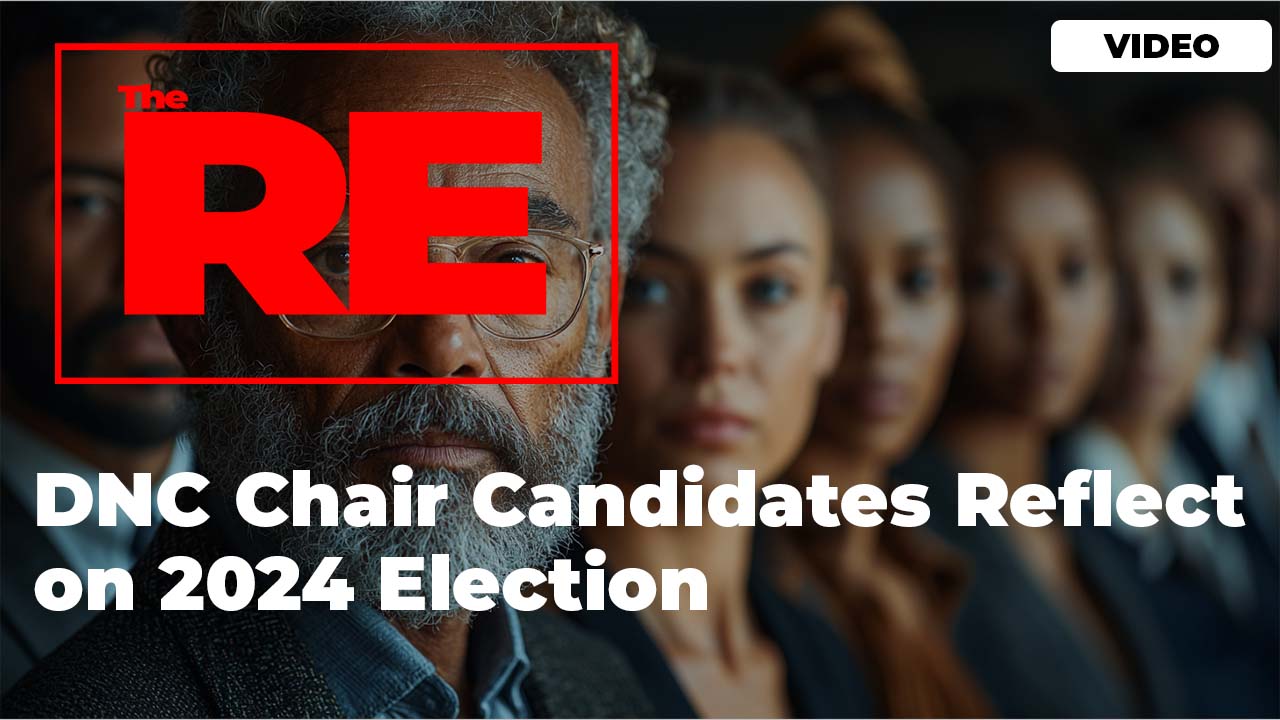

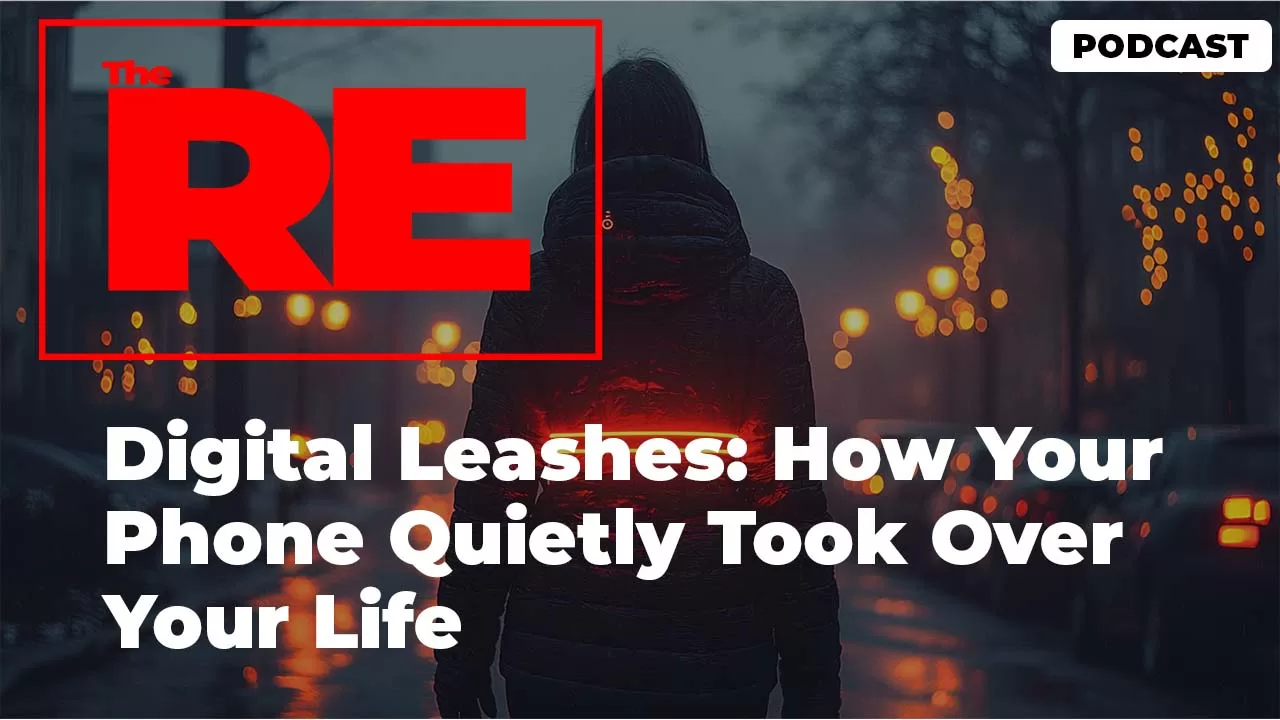
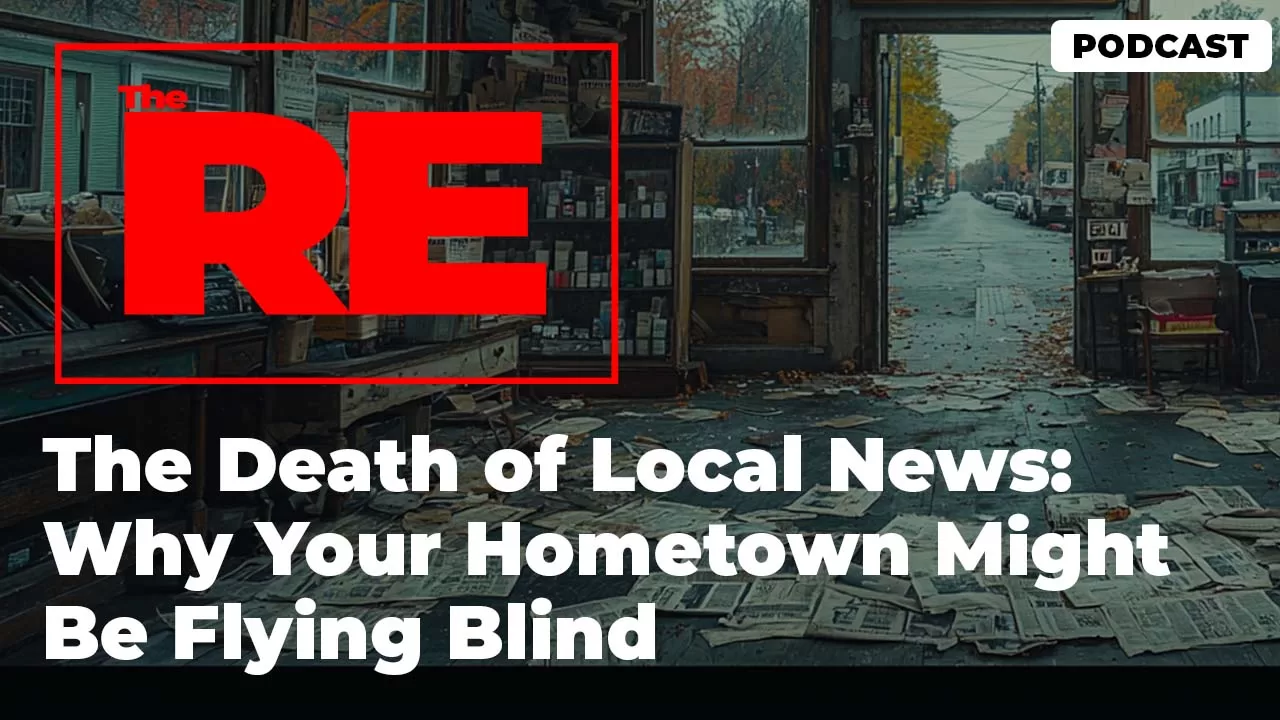

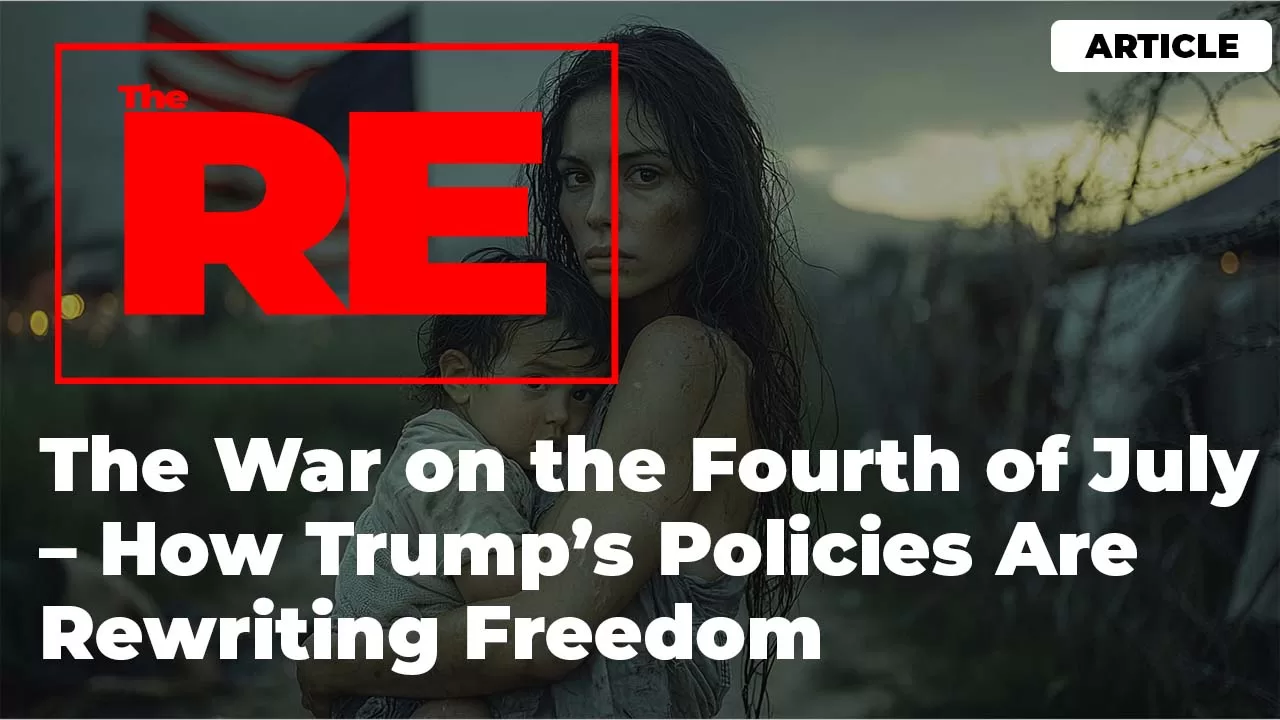
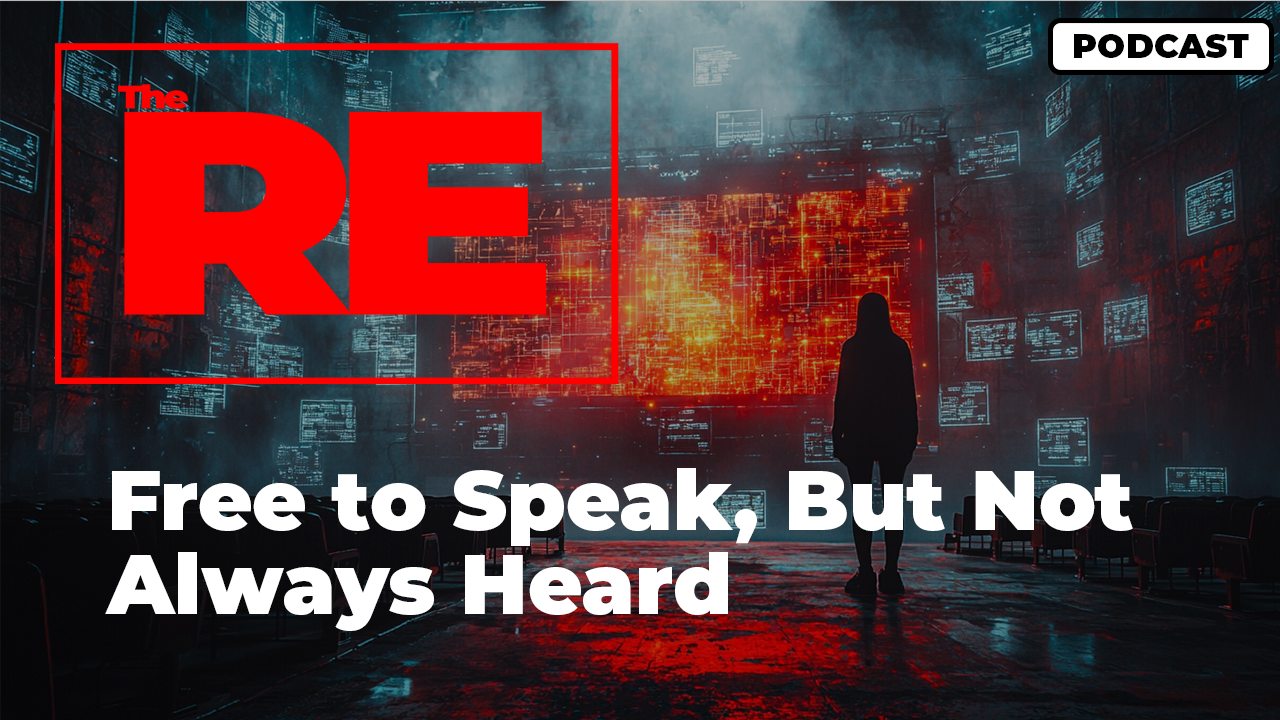
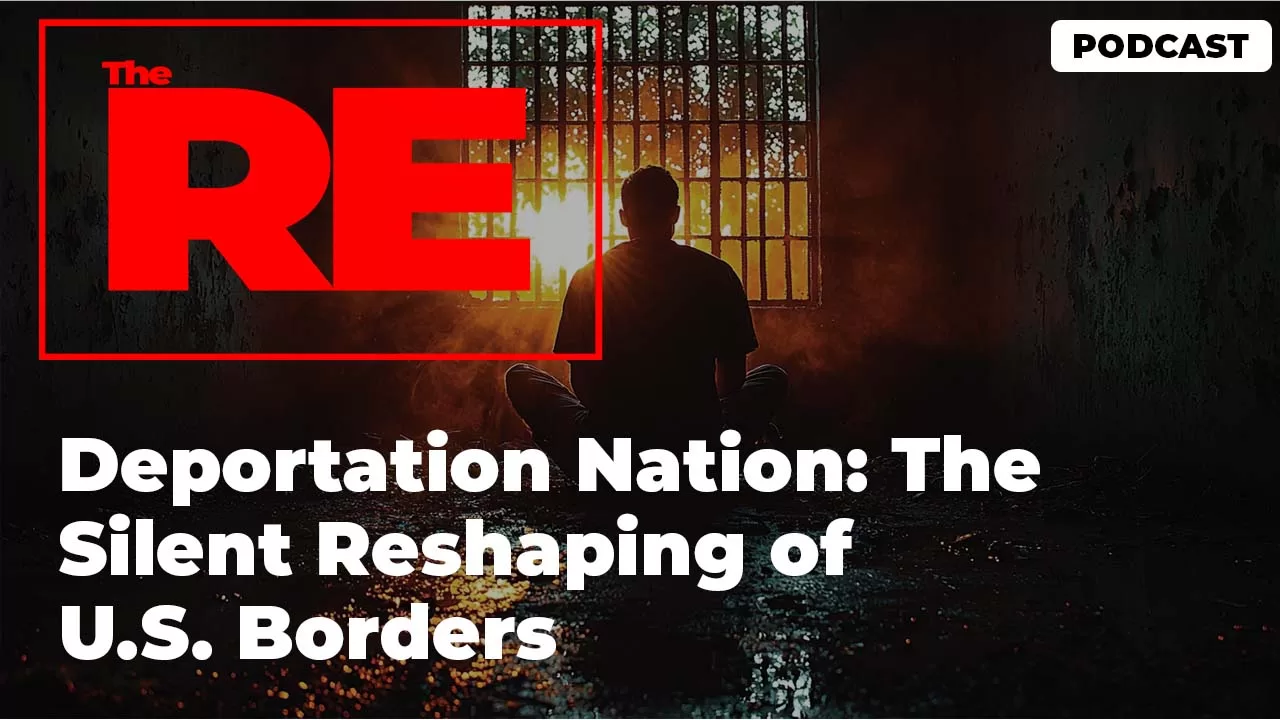
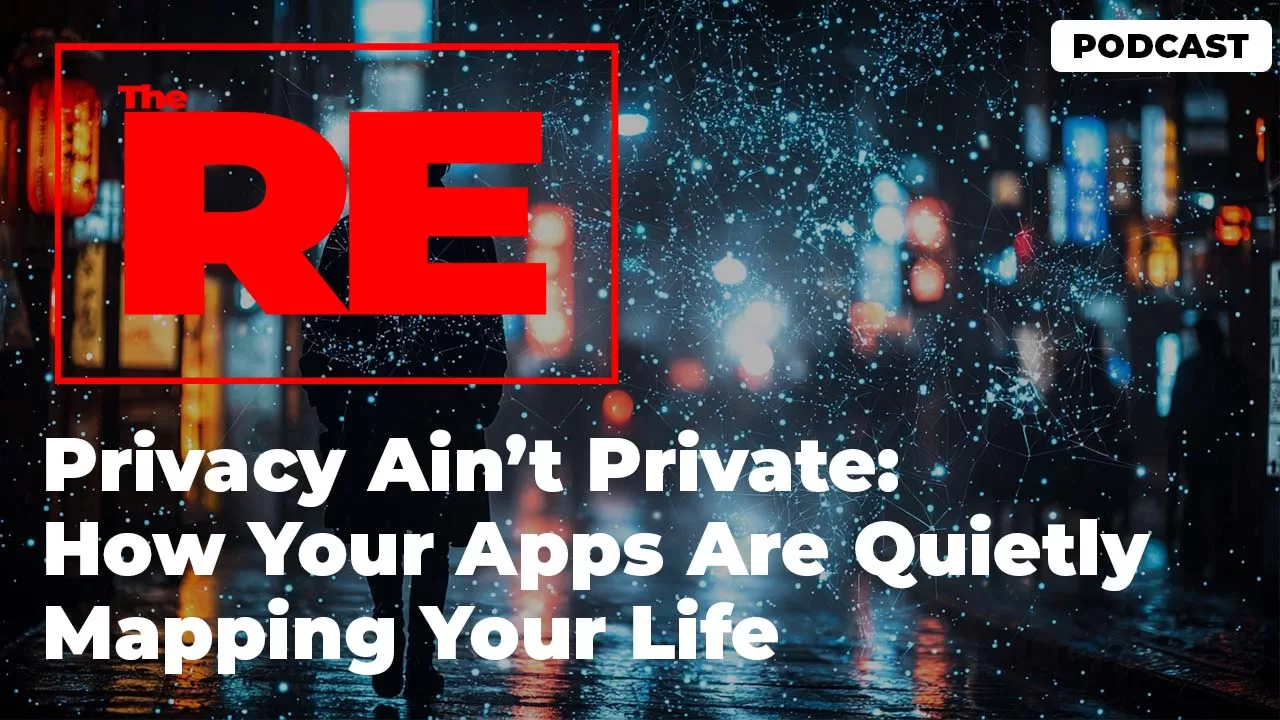
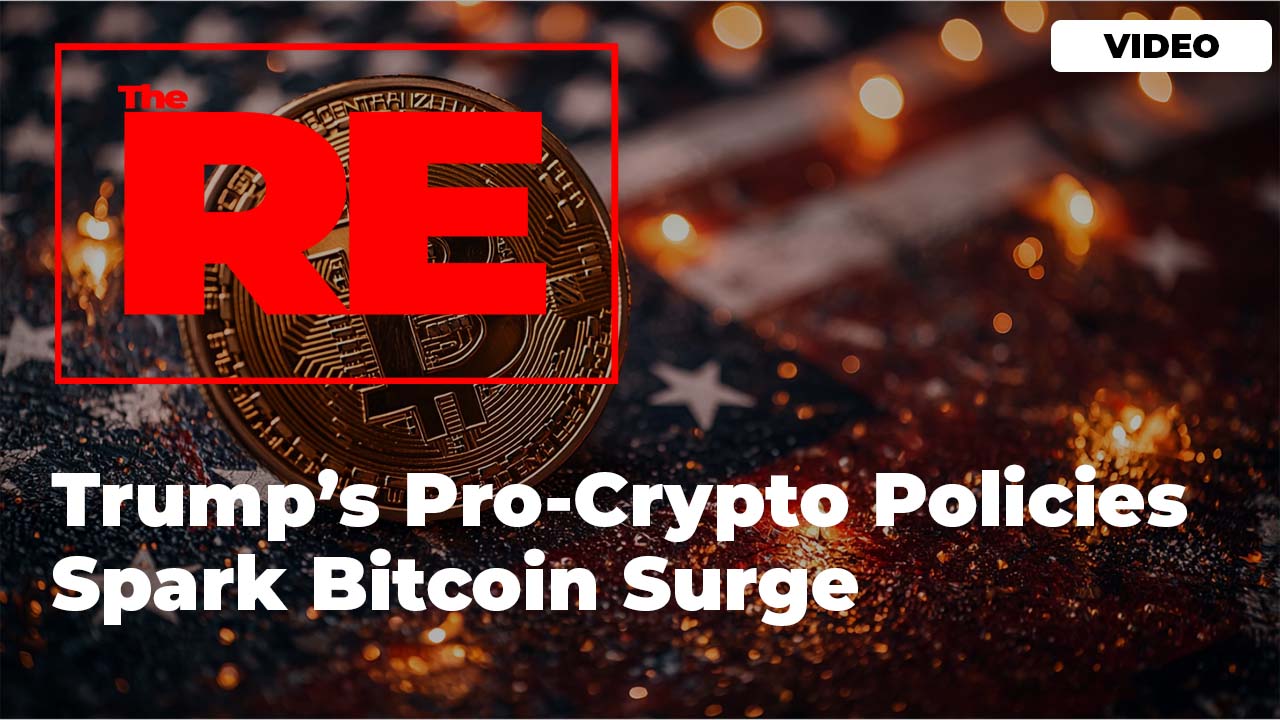

 and then
and then